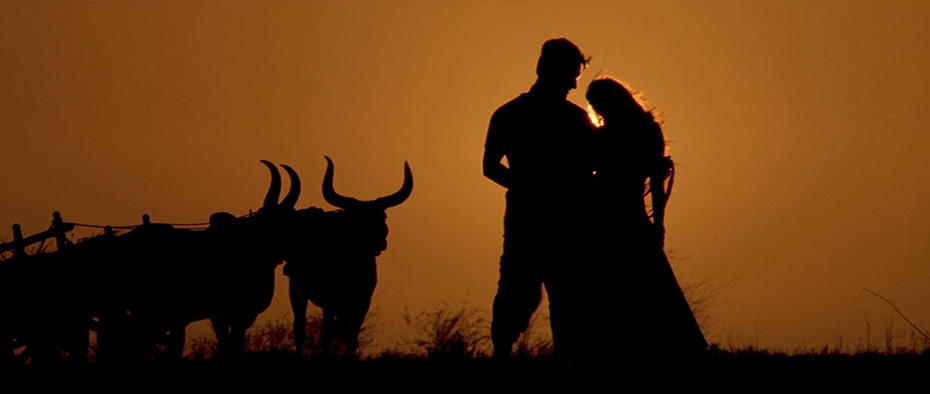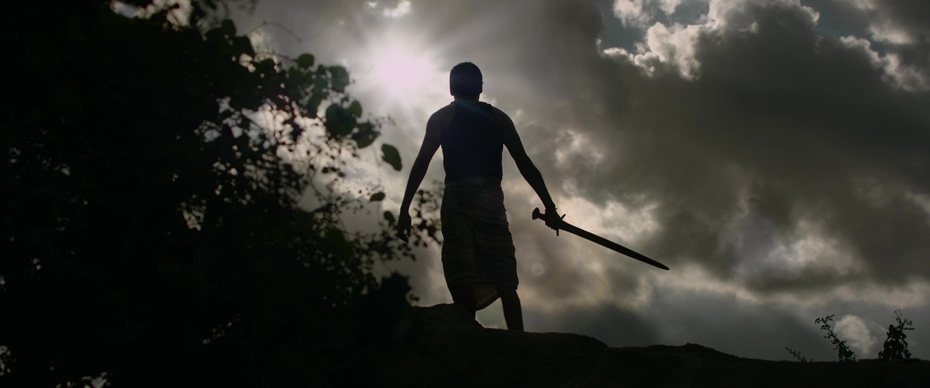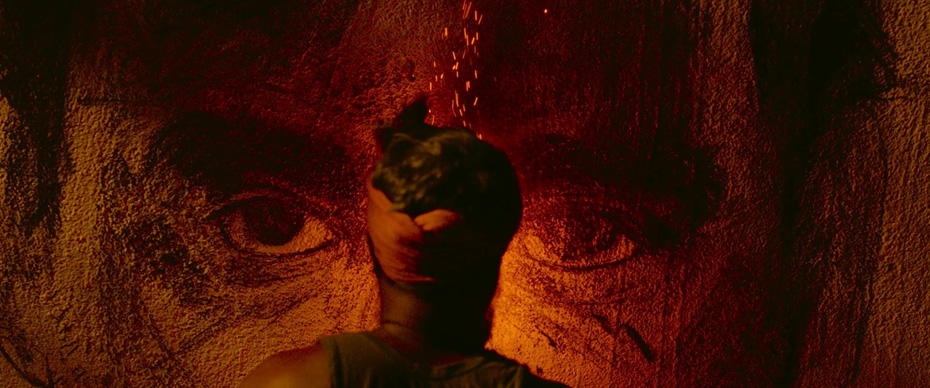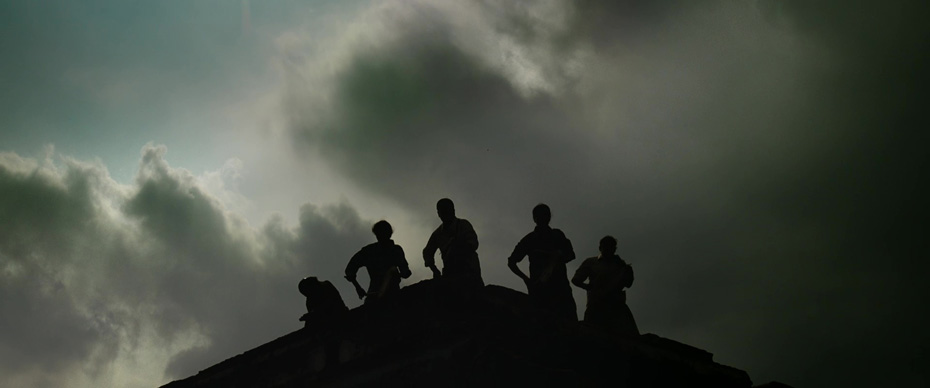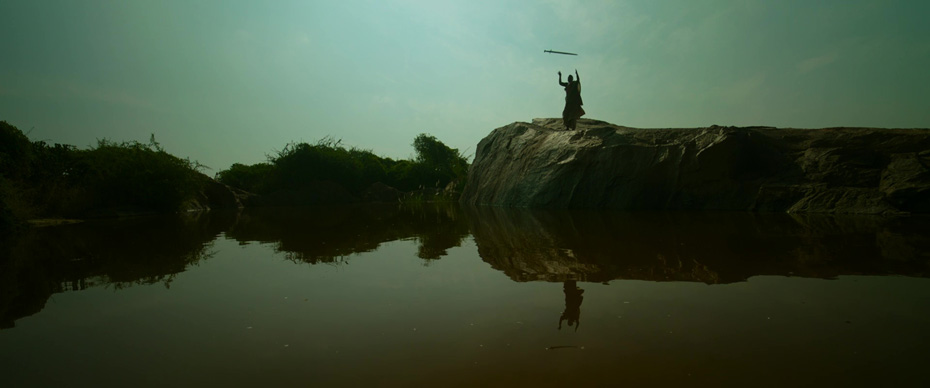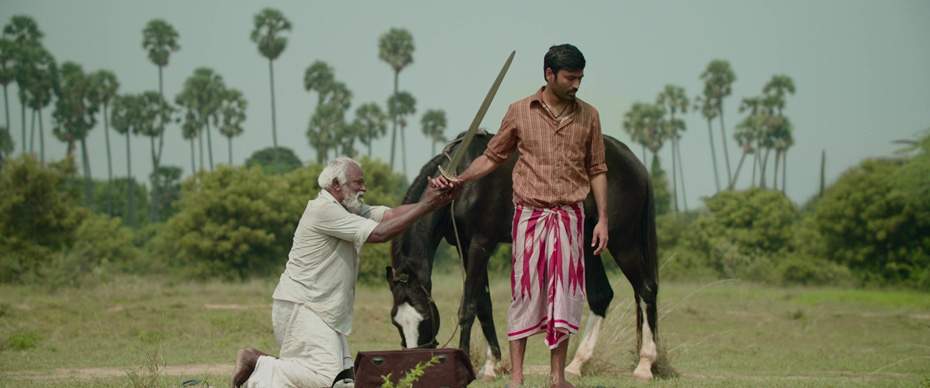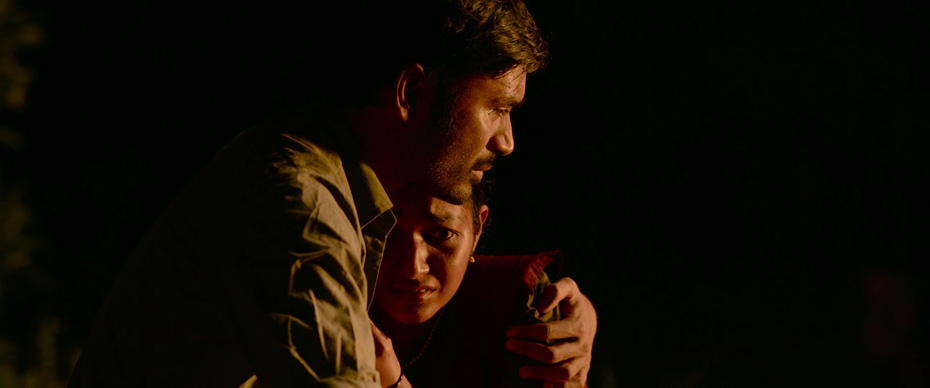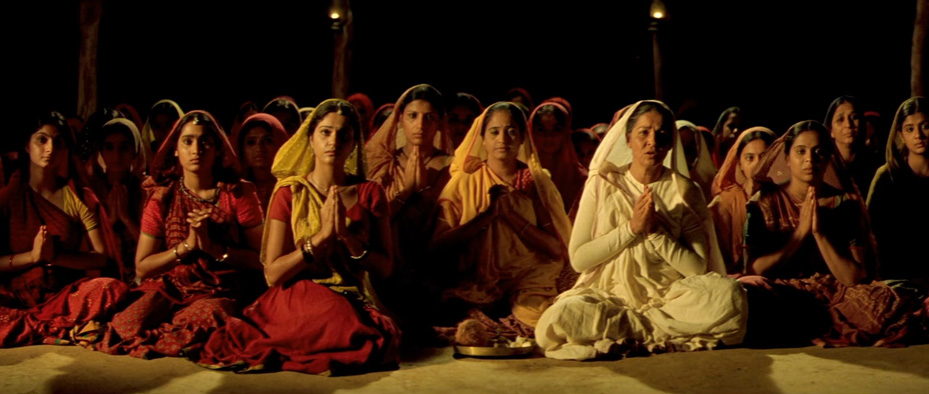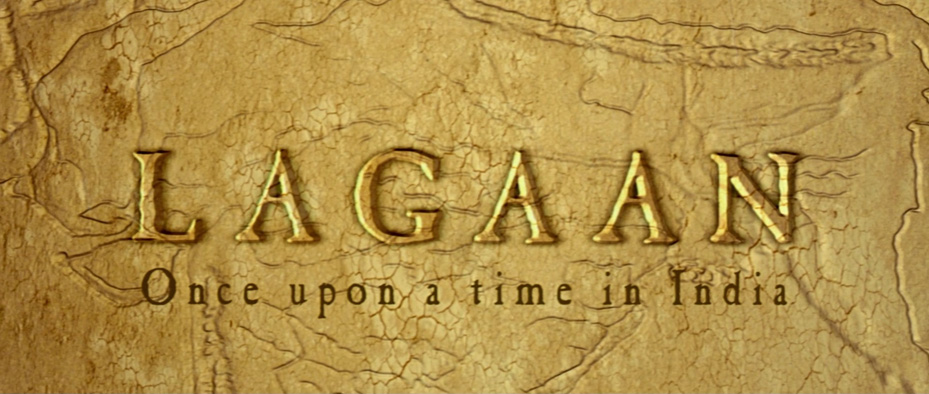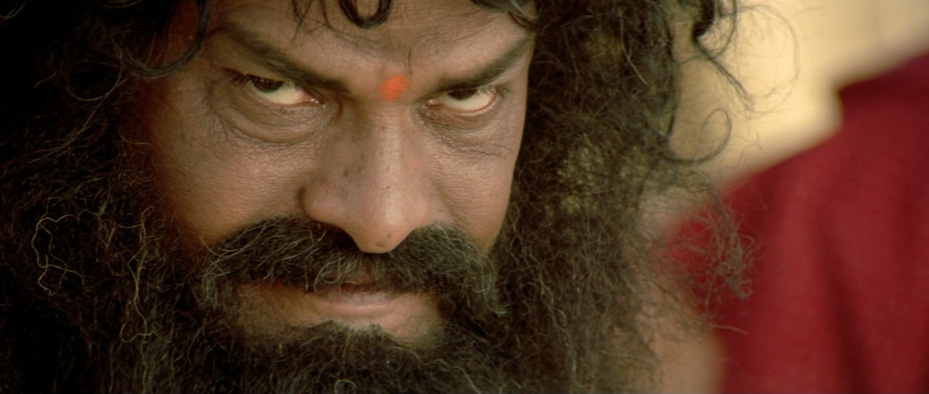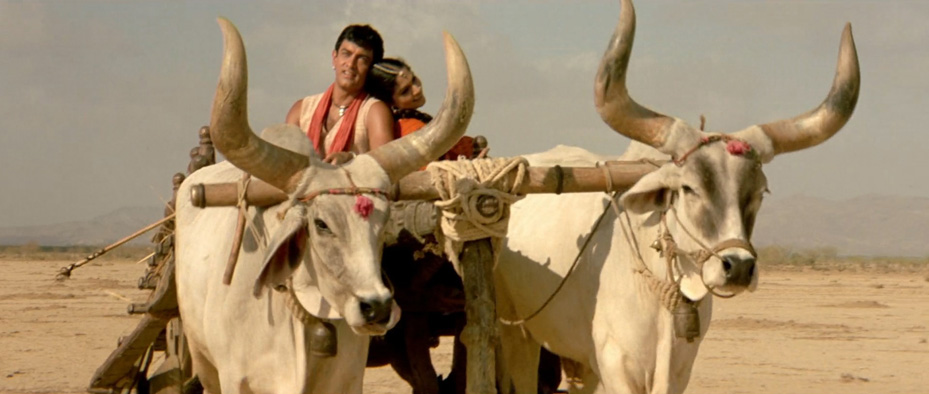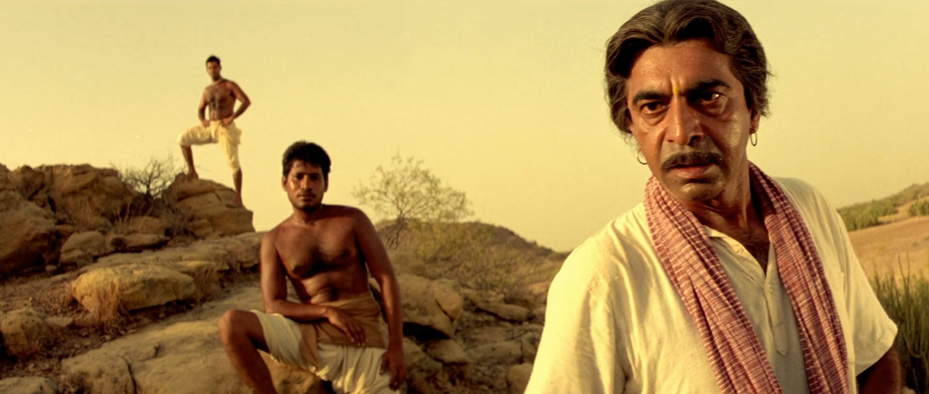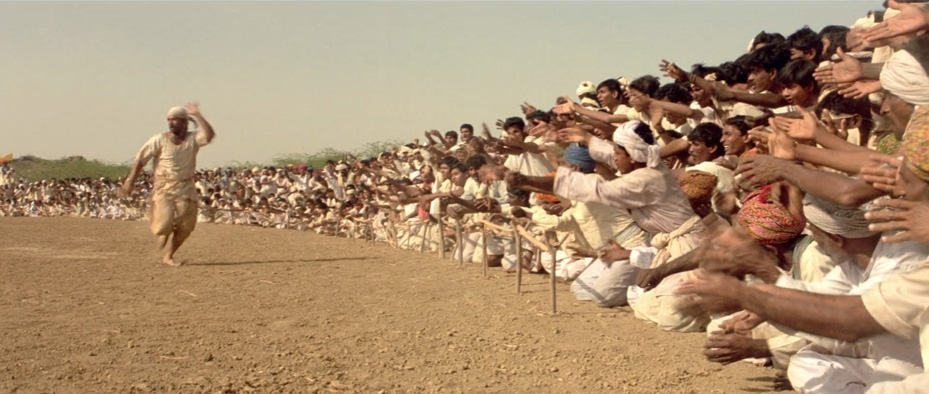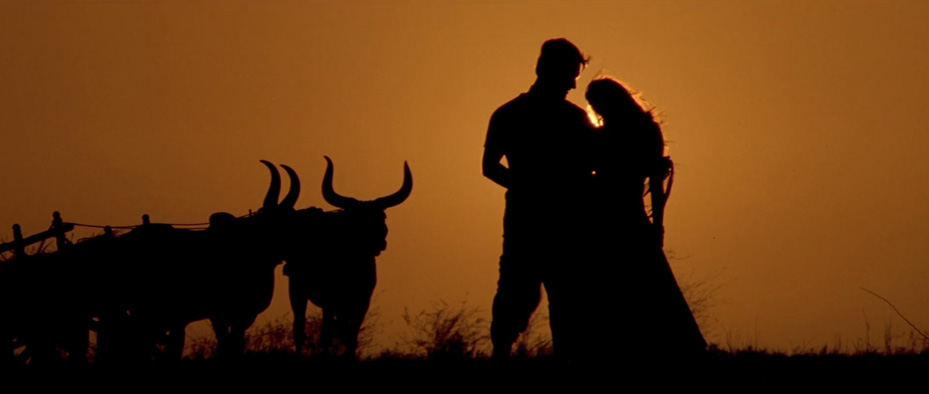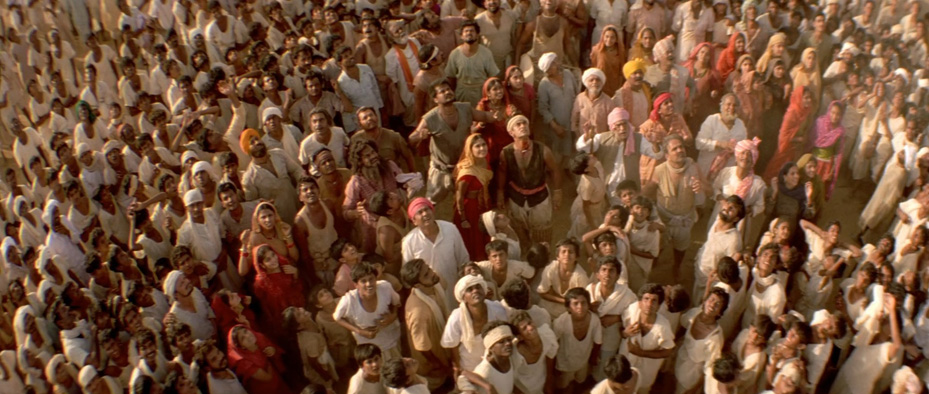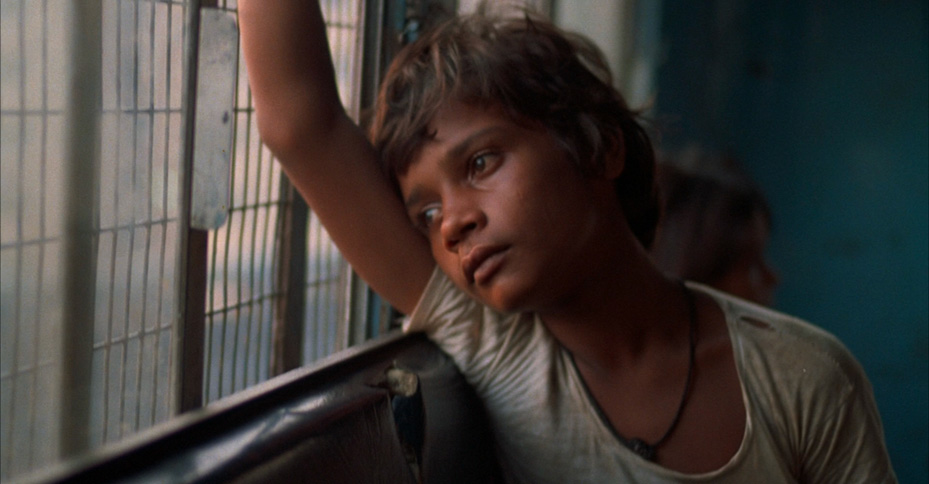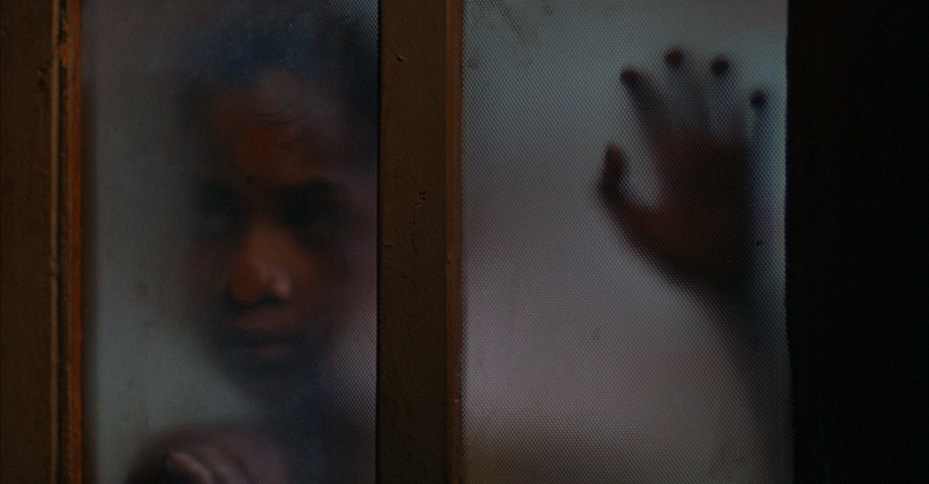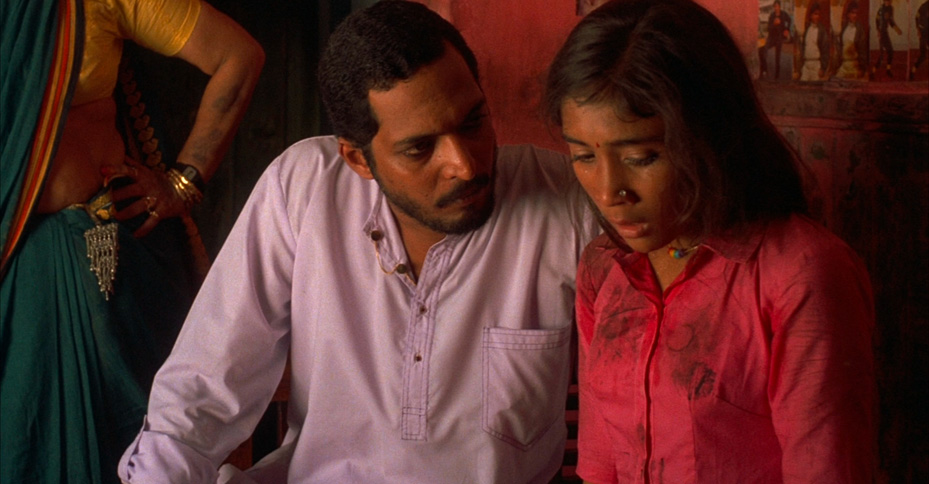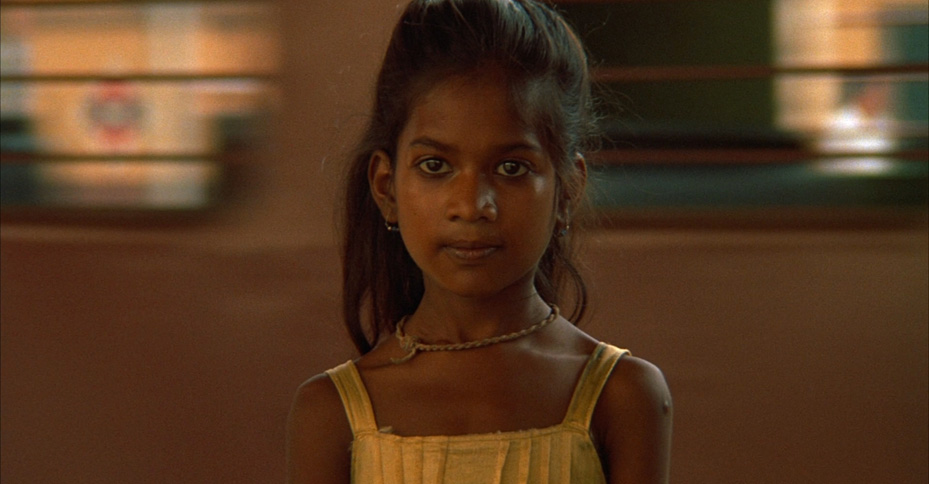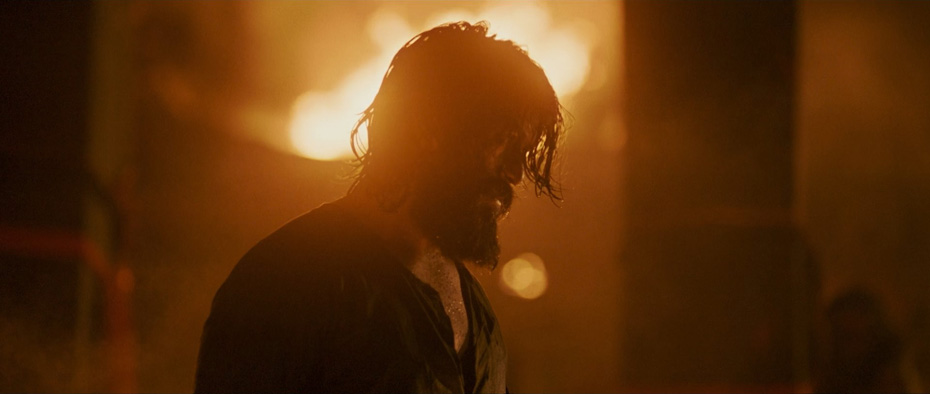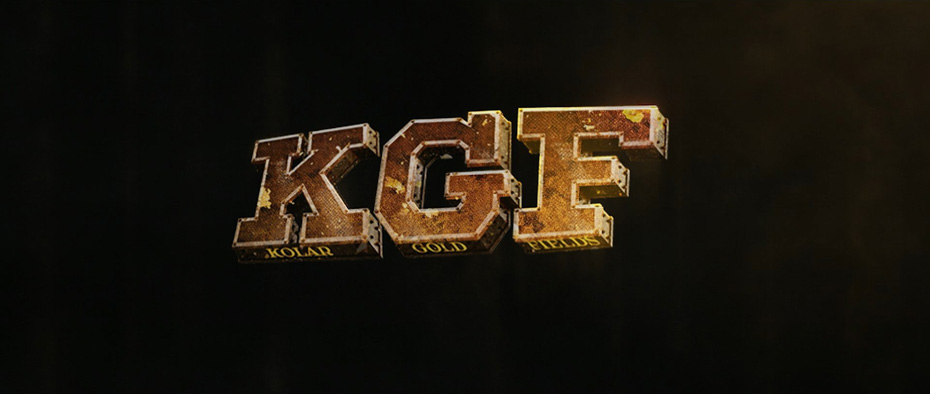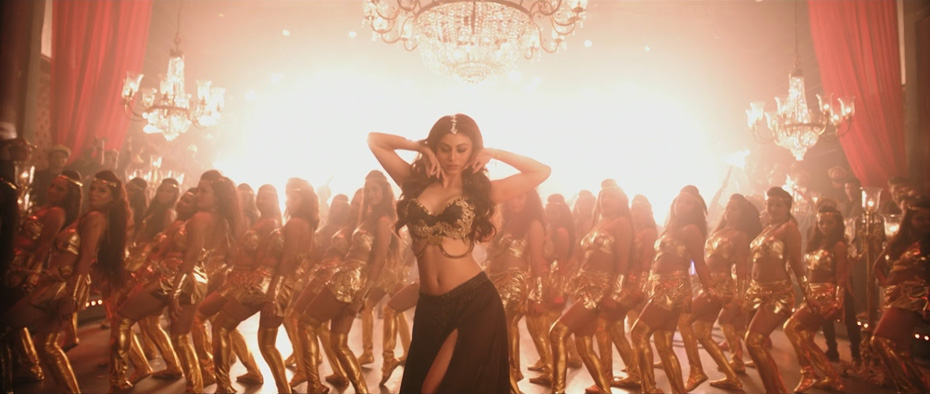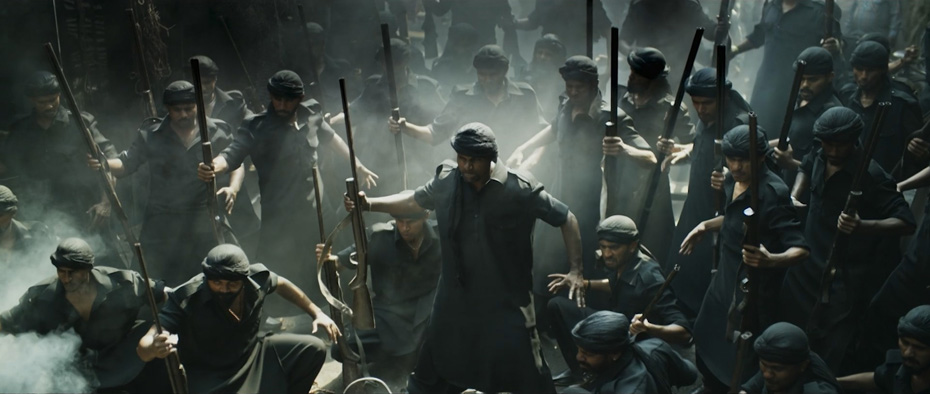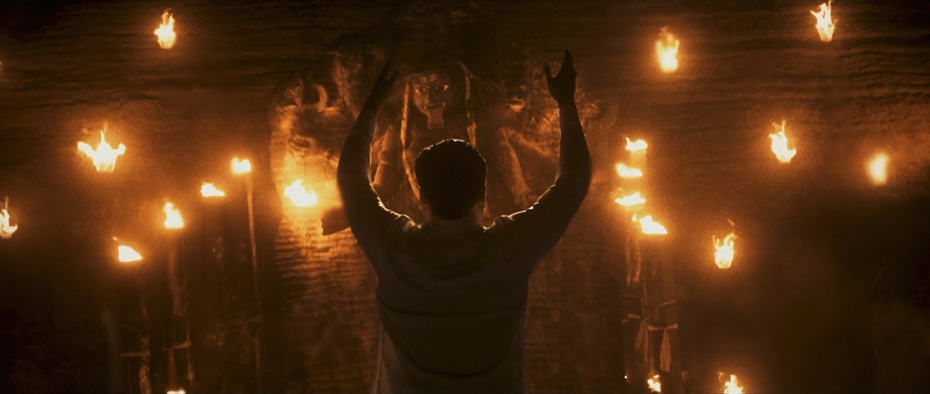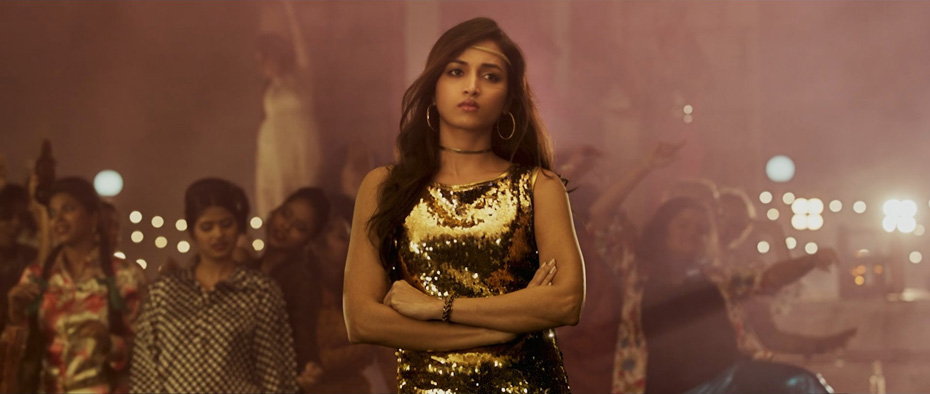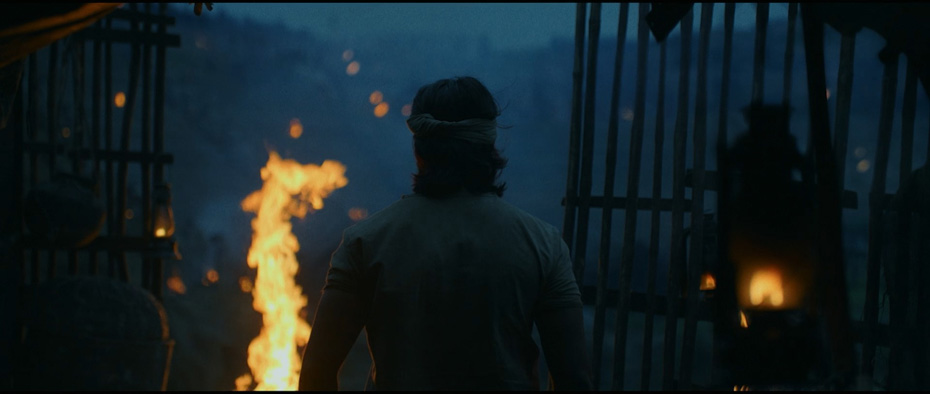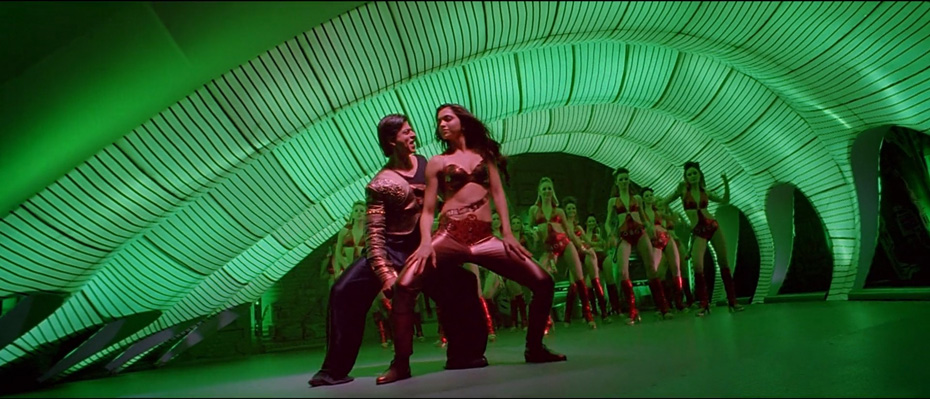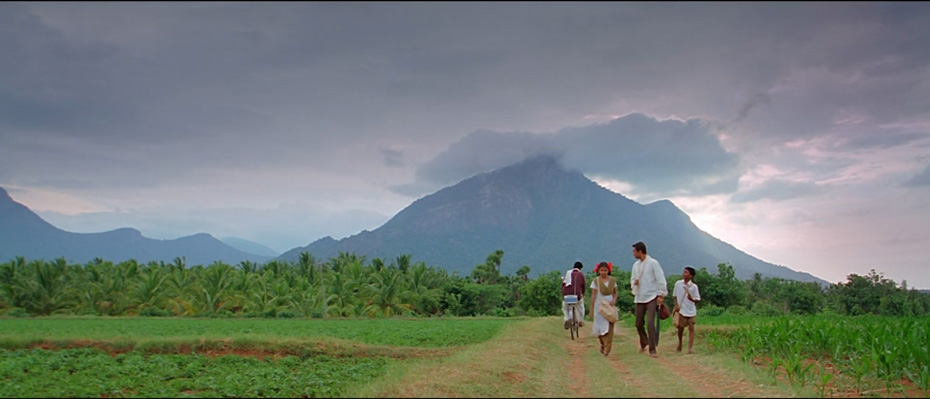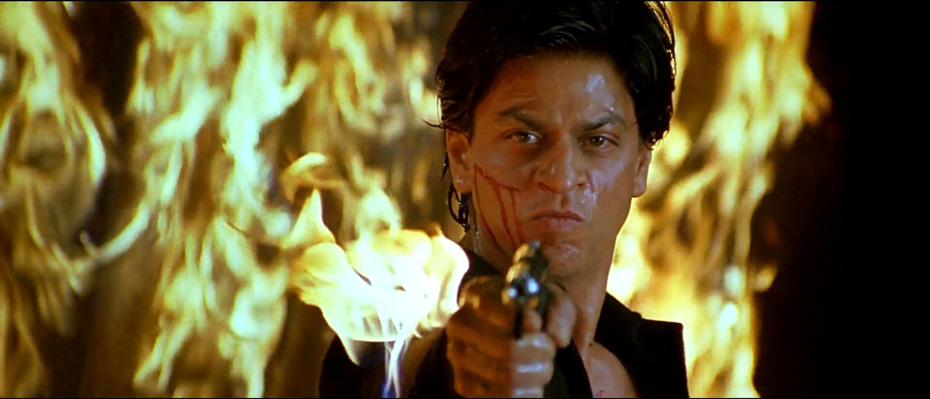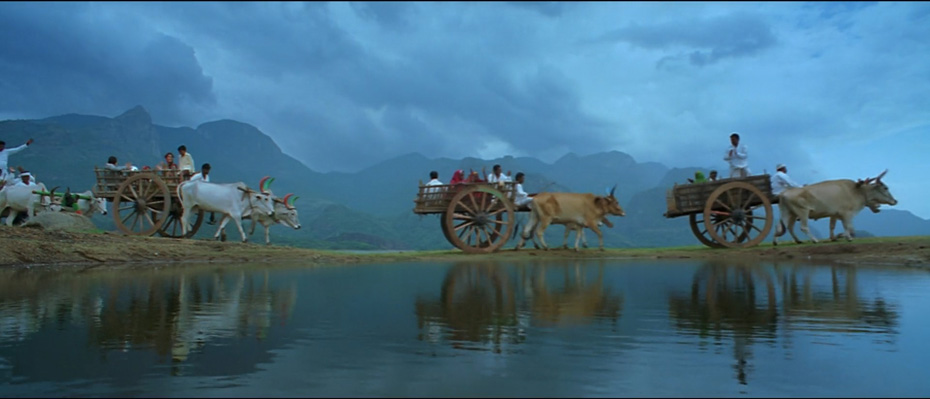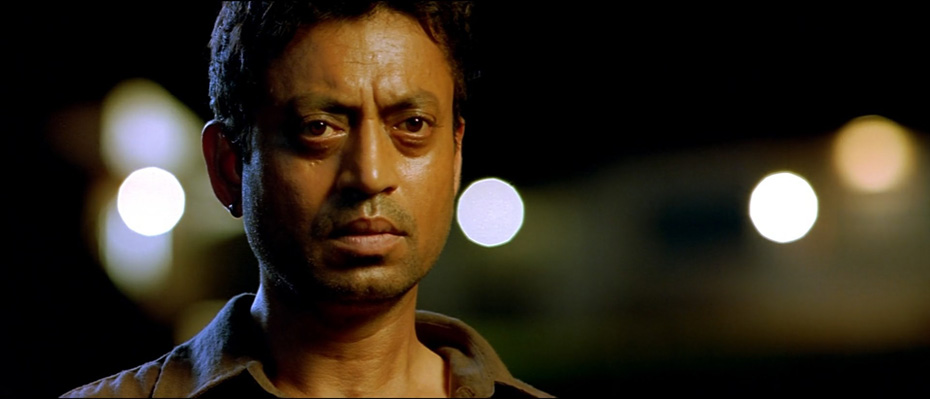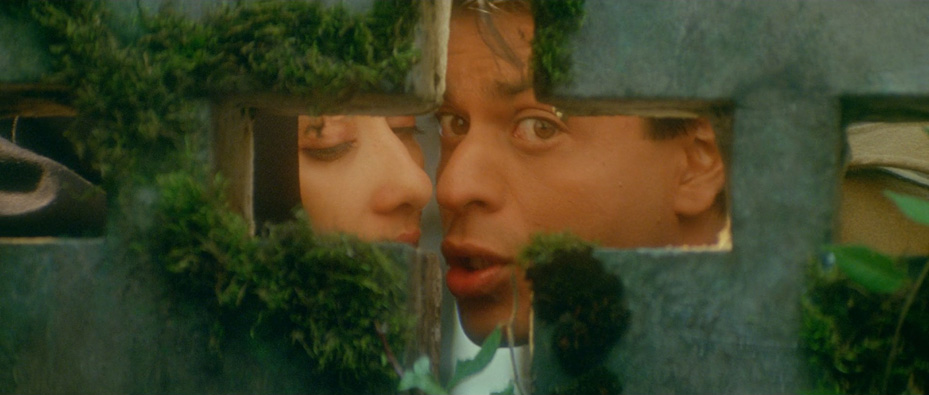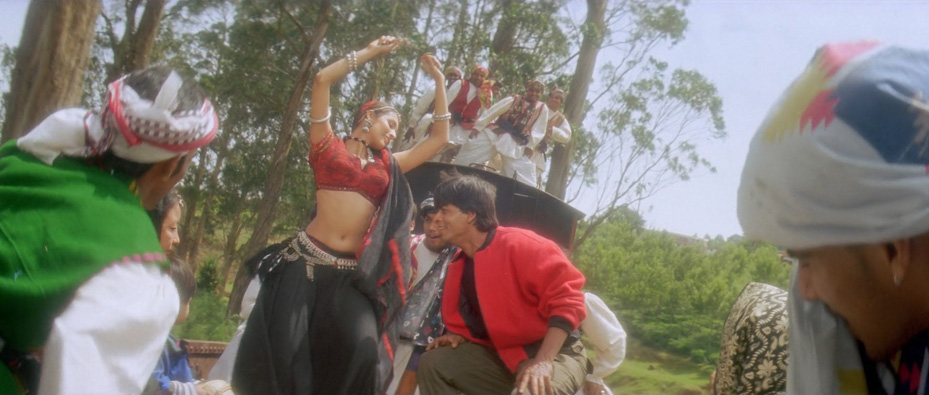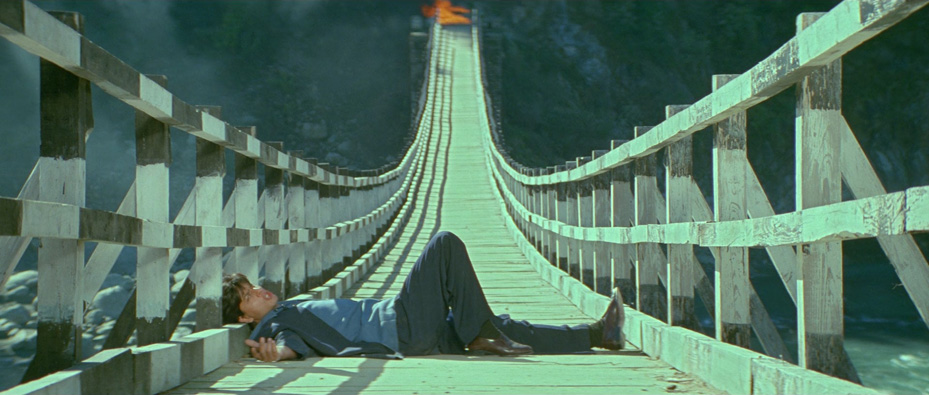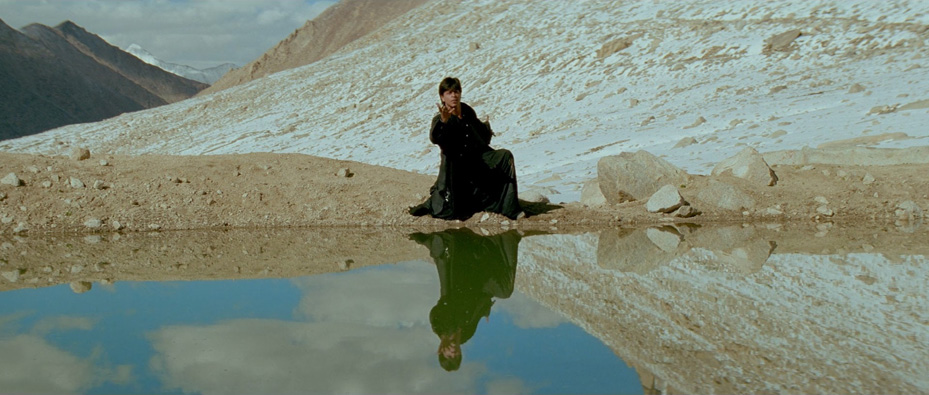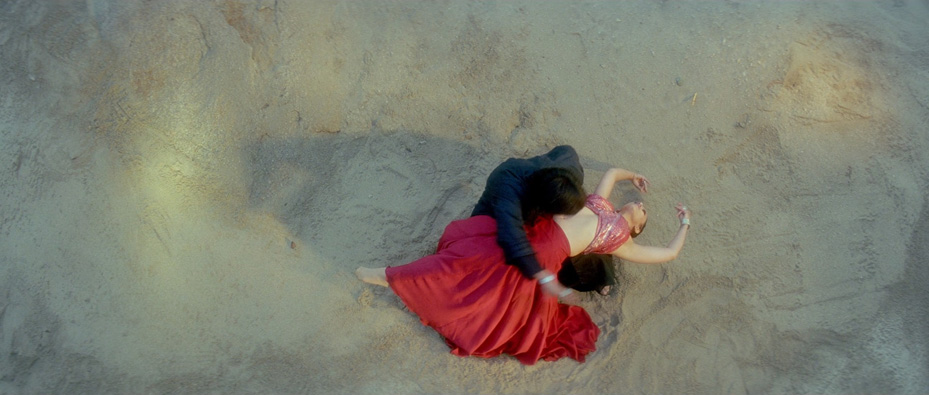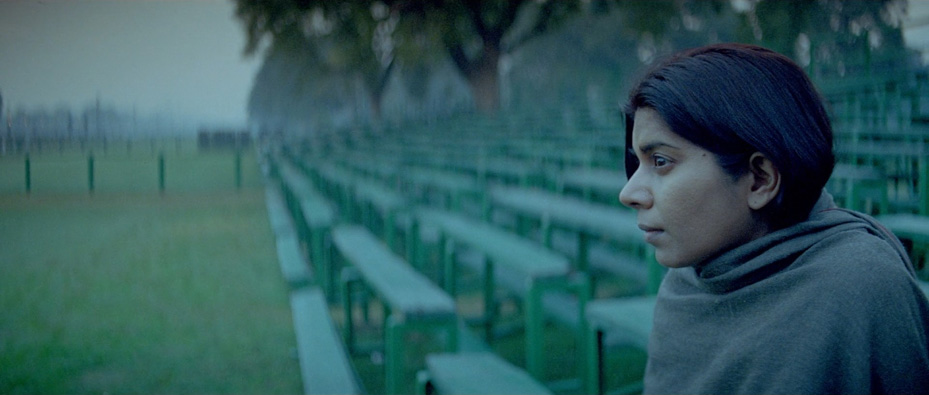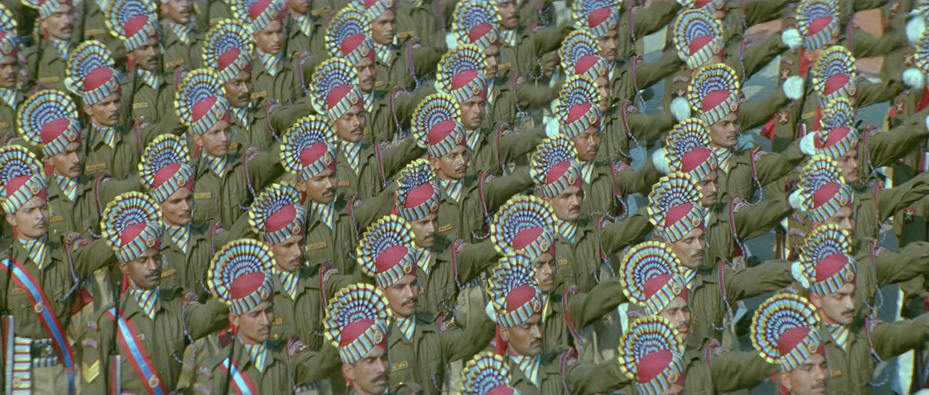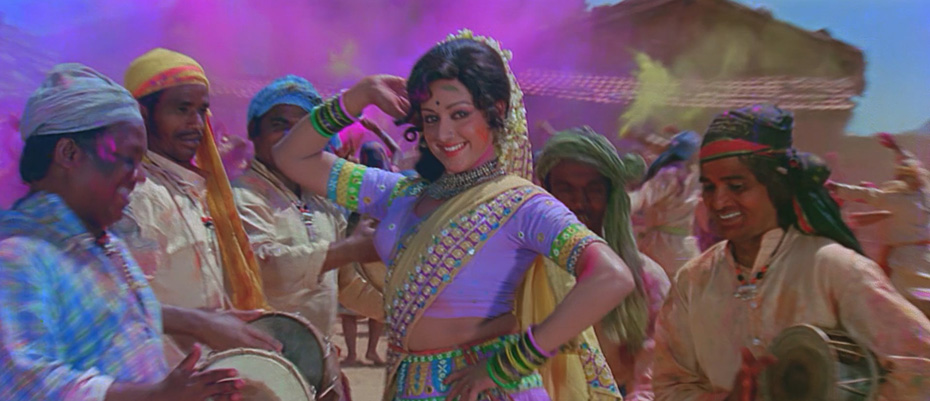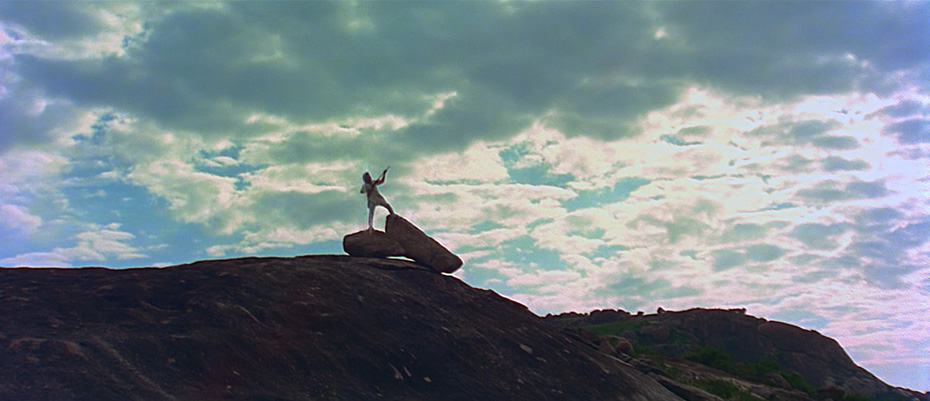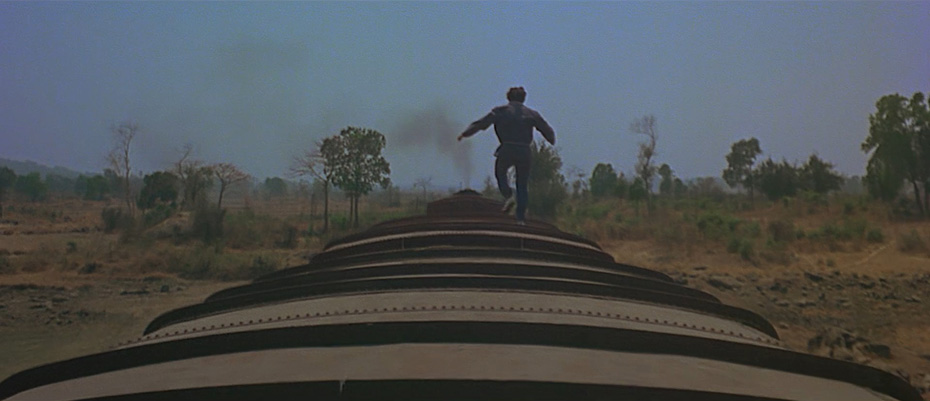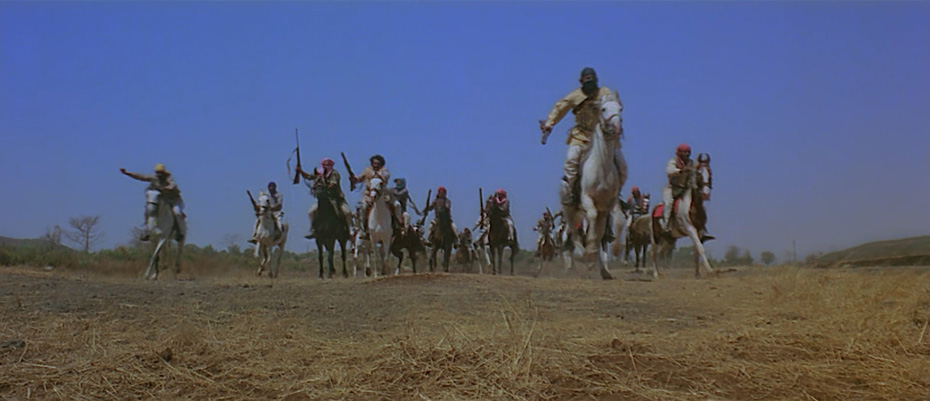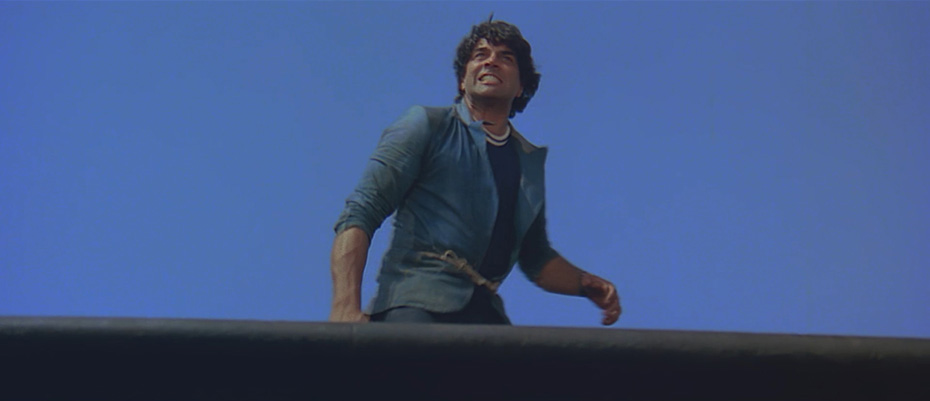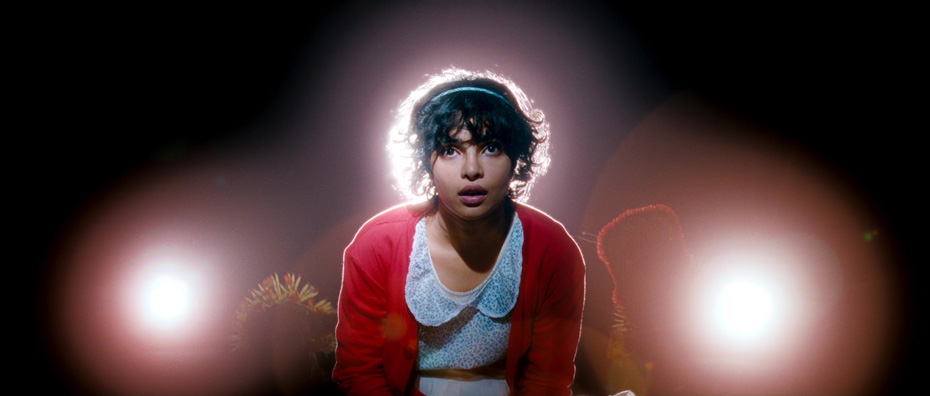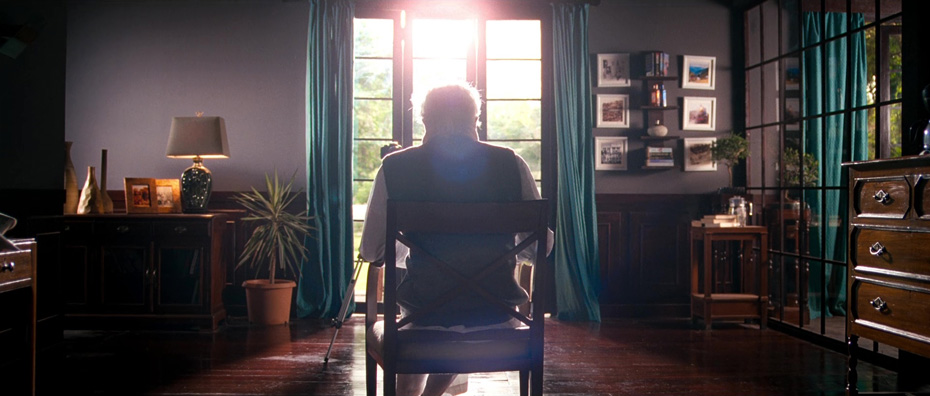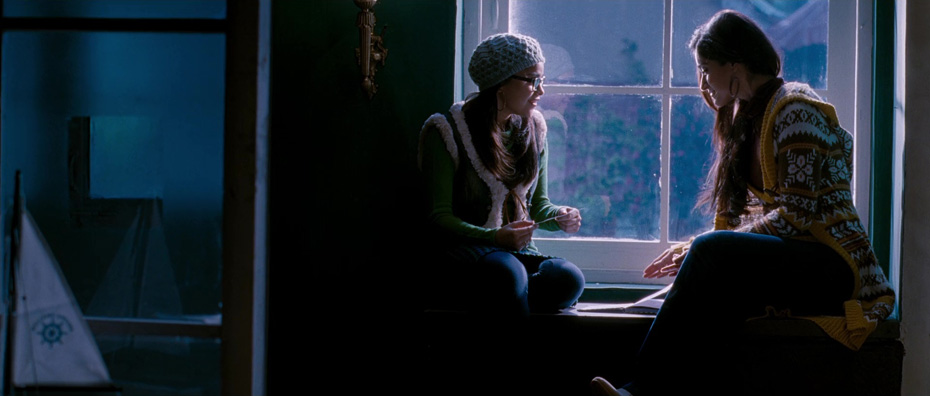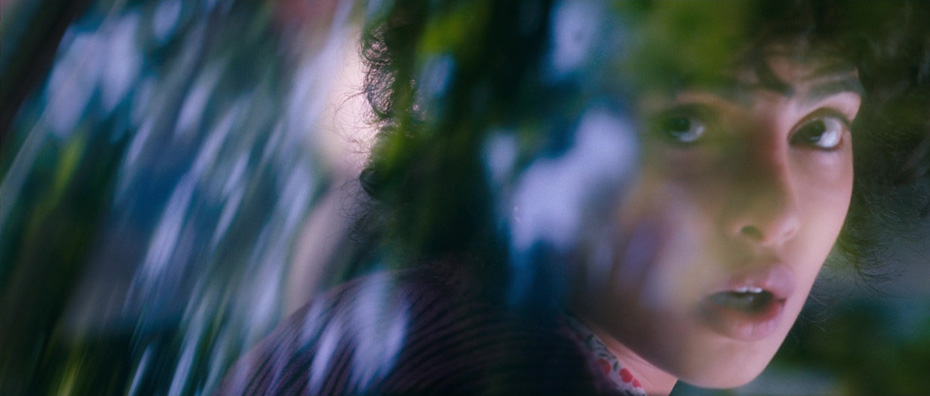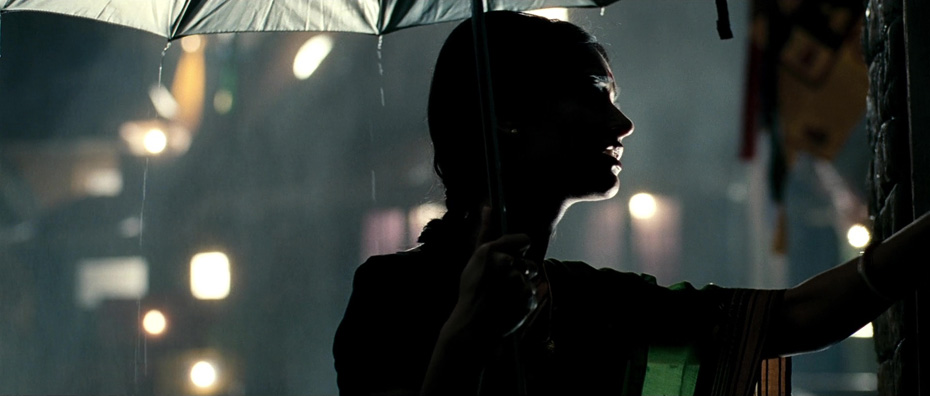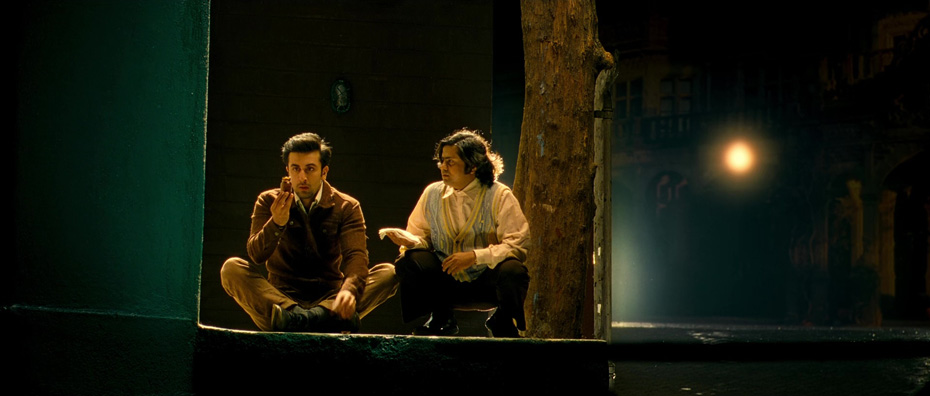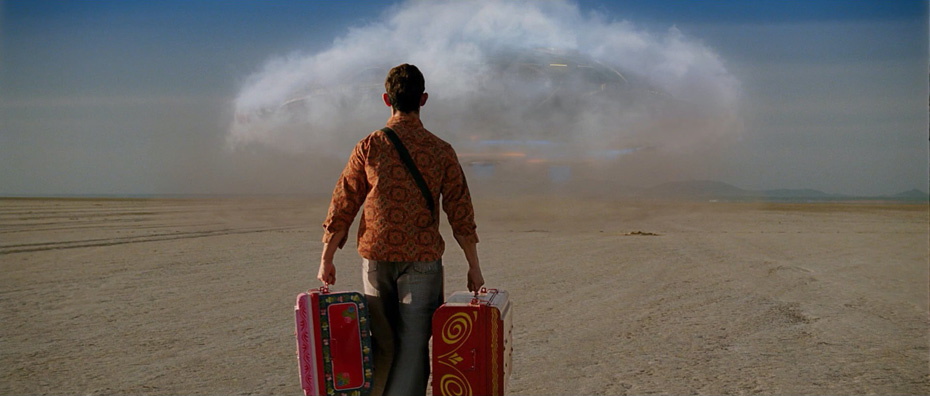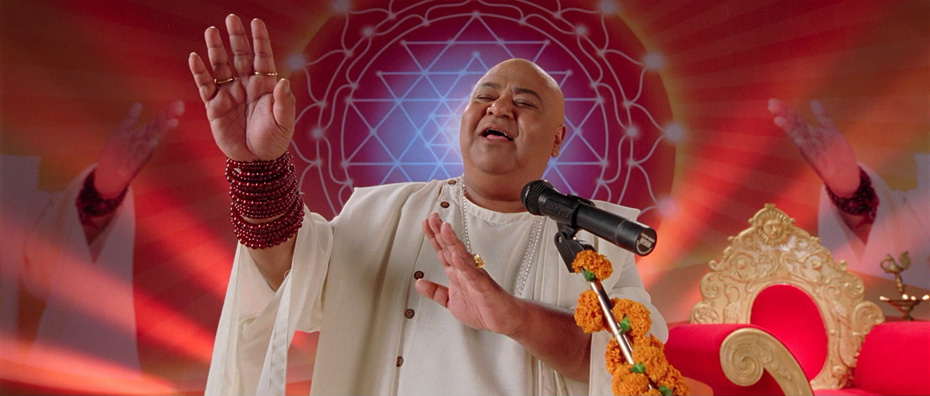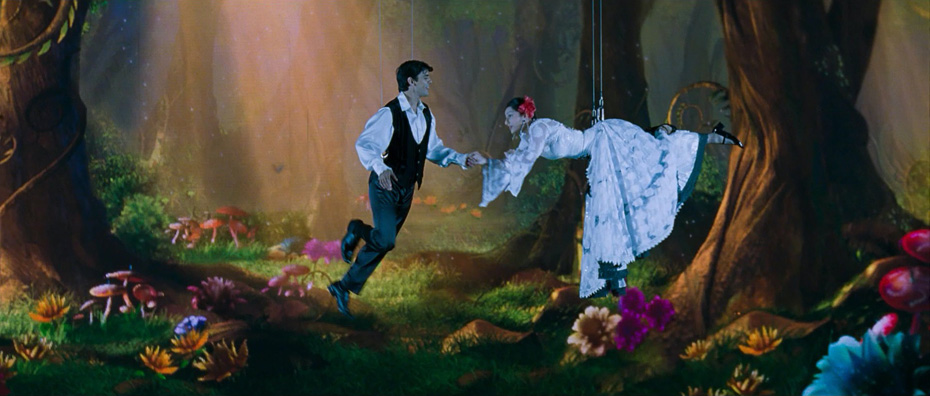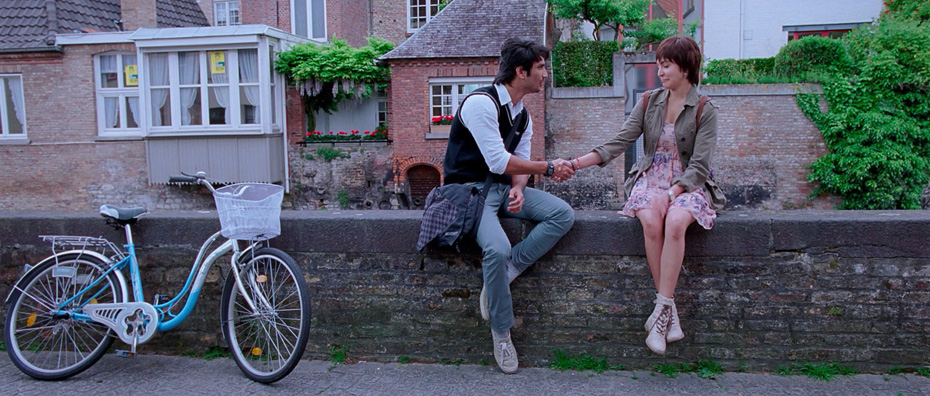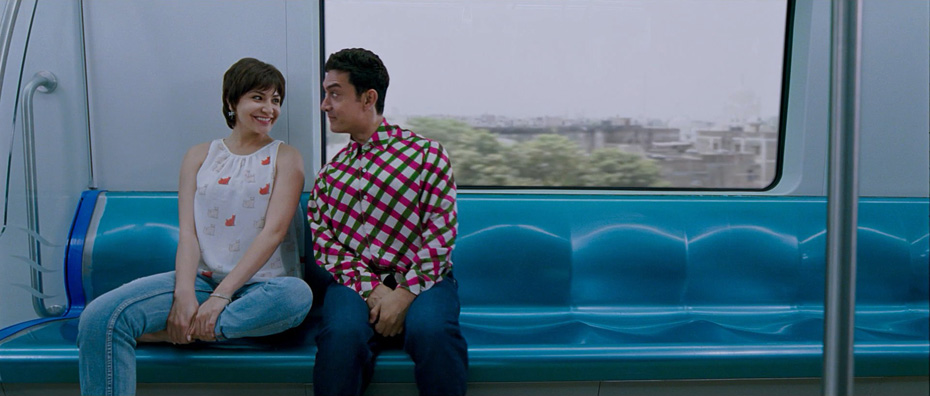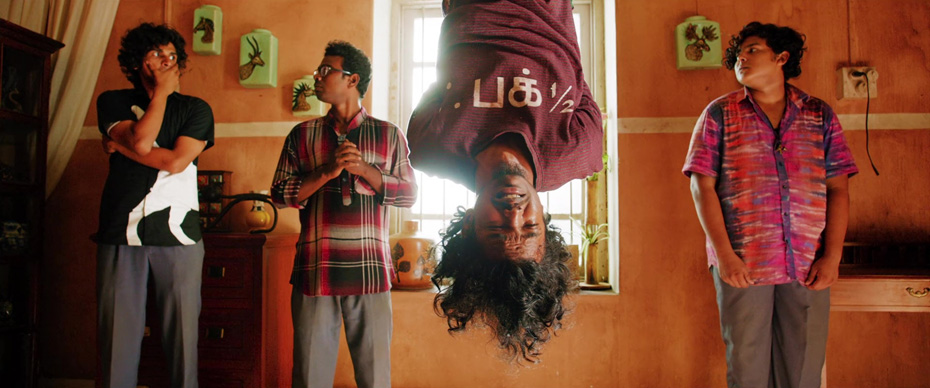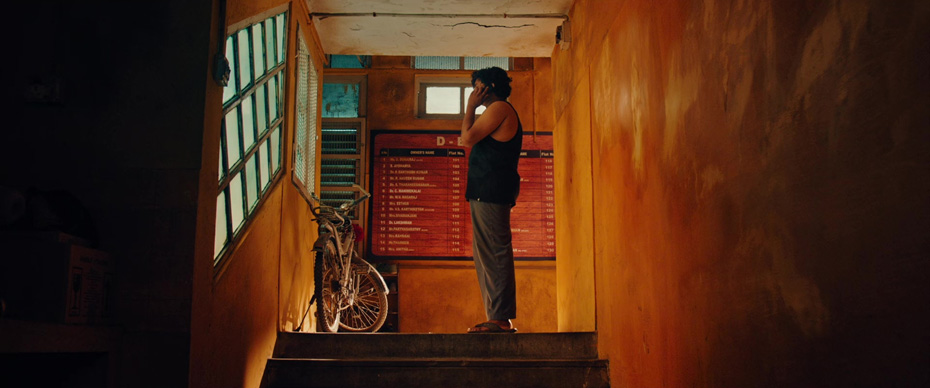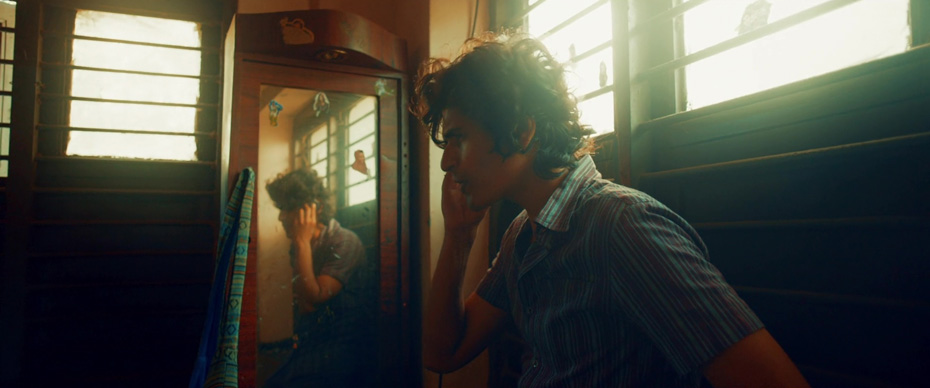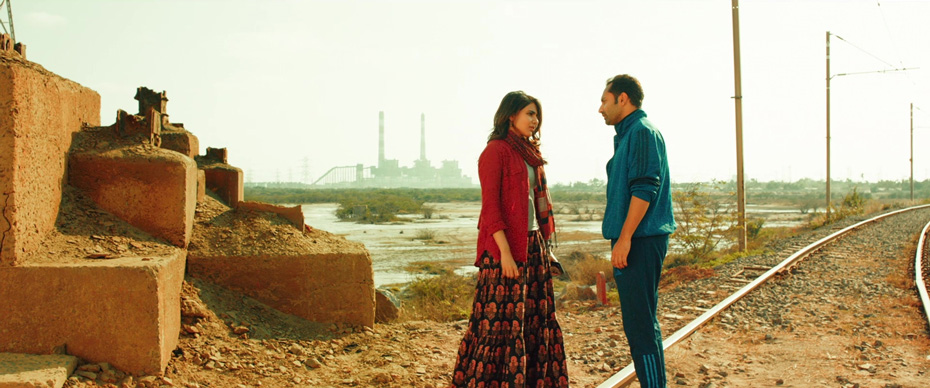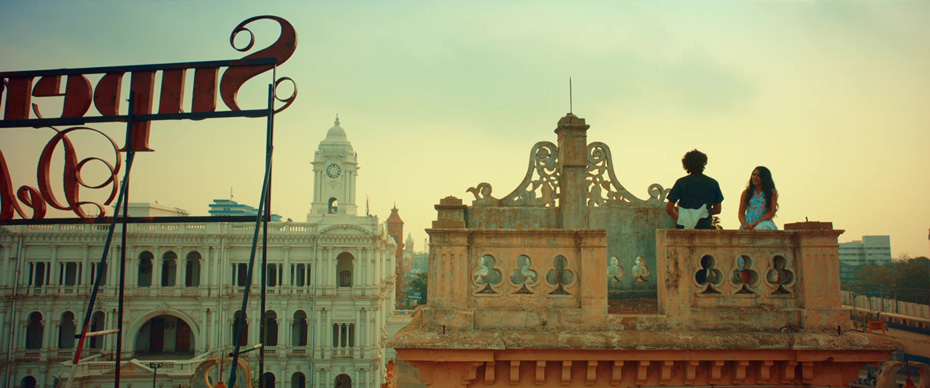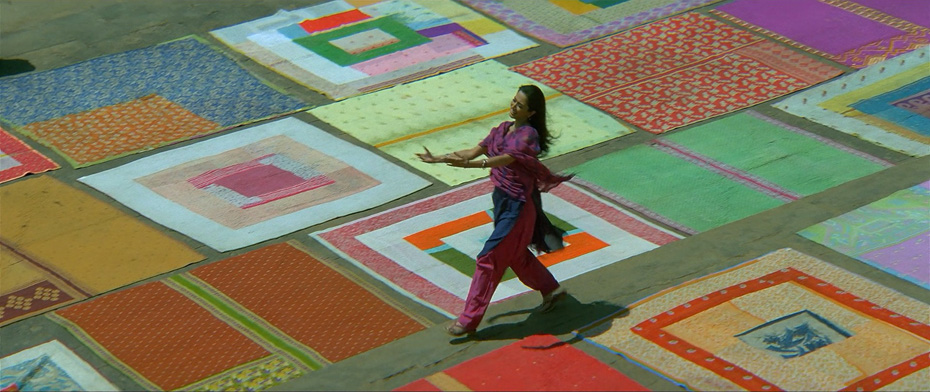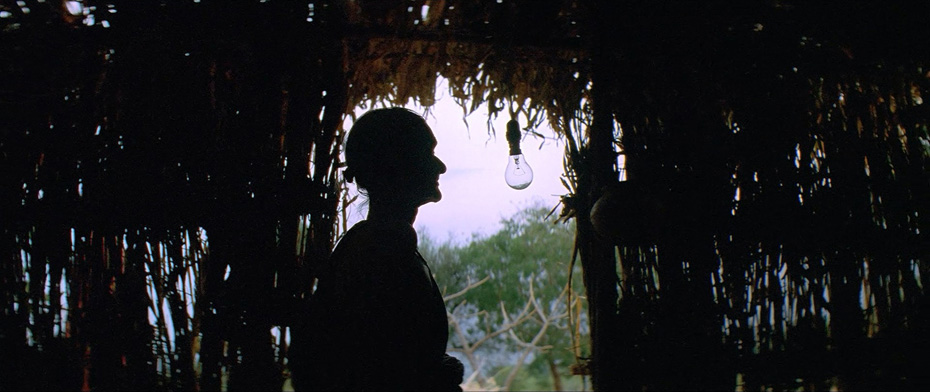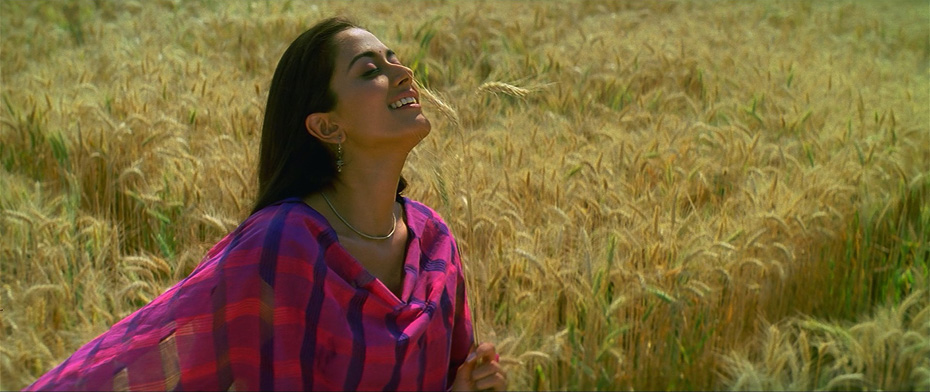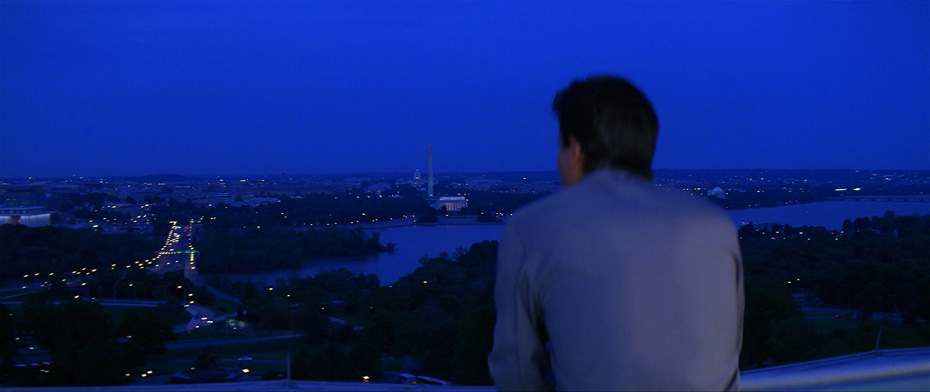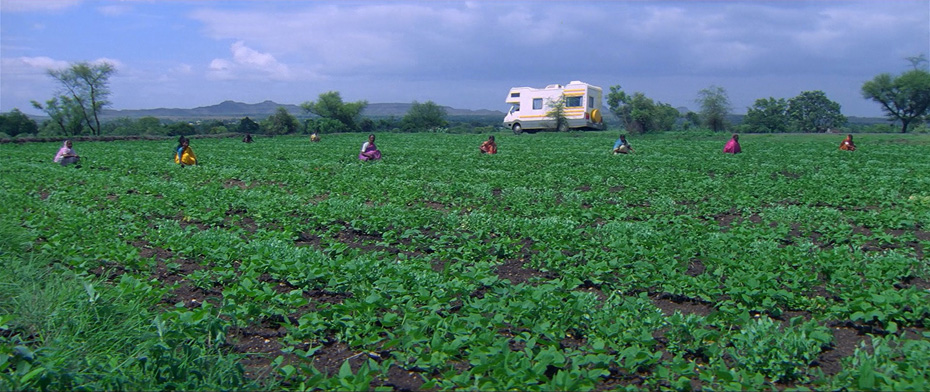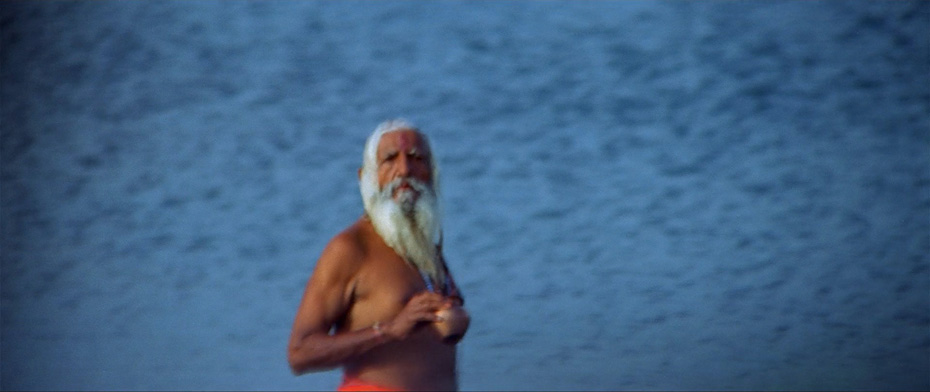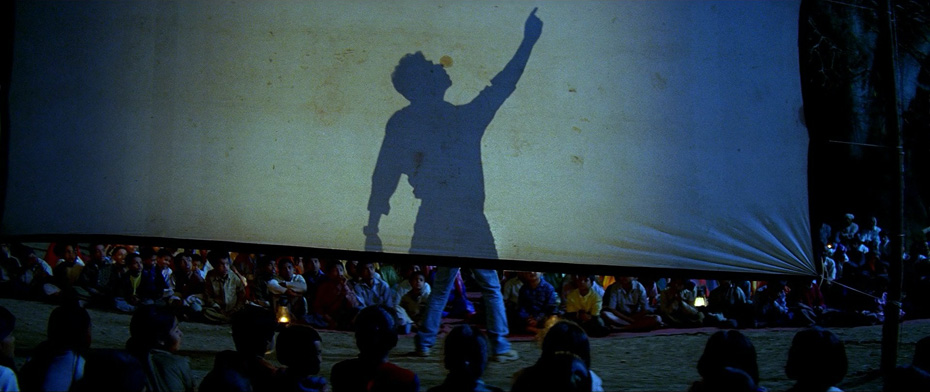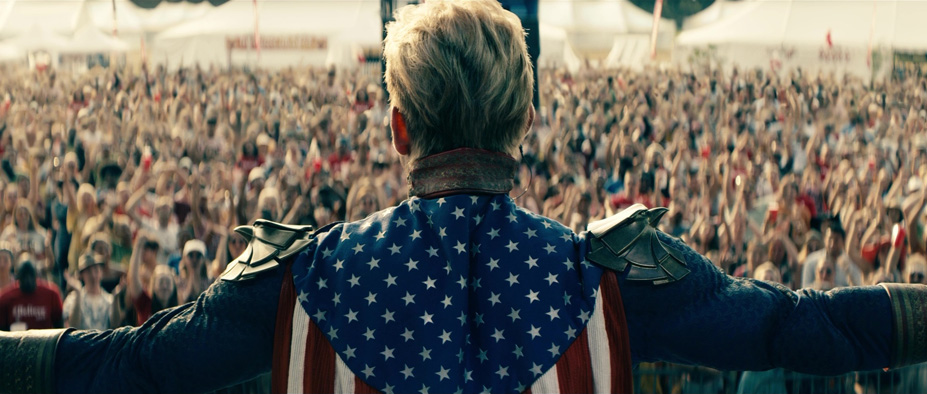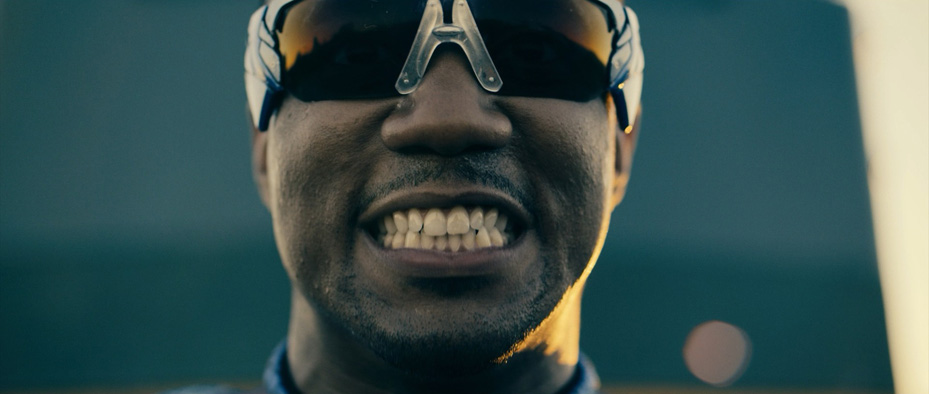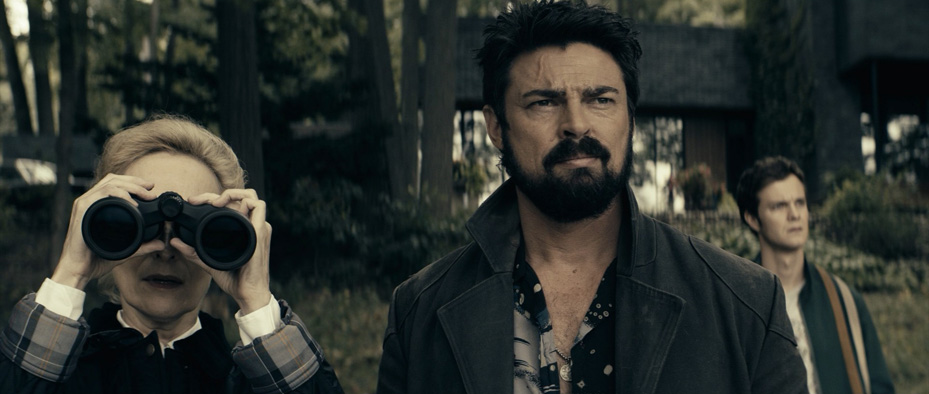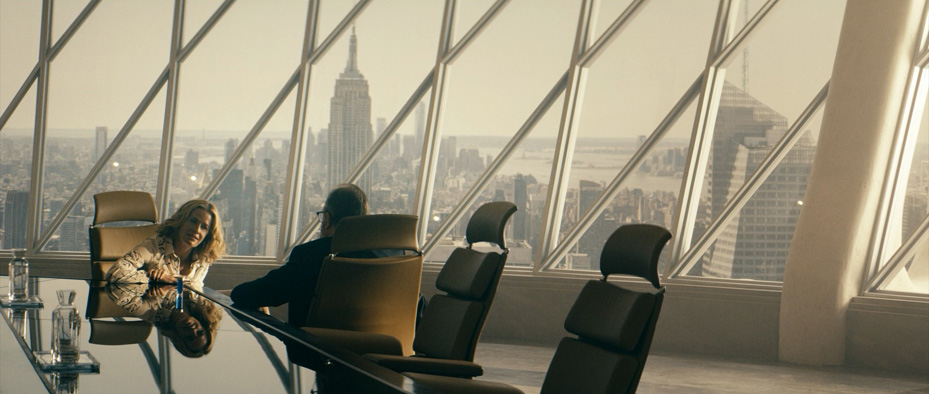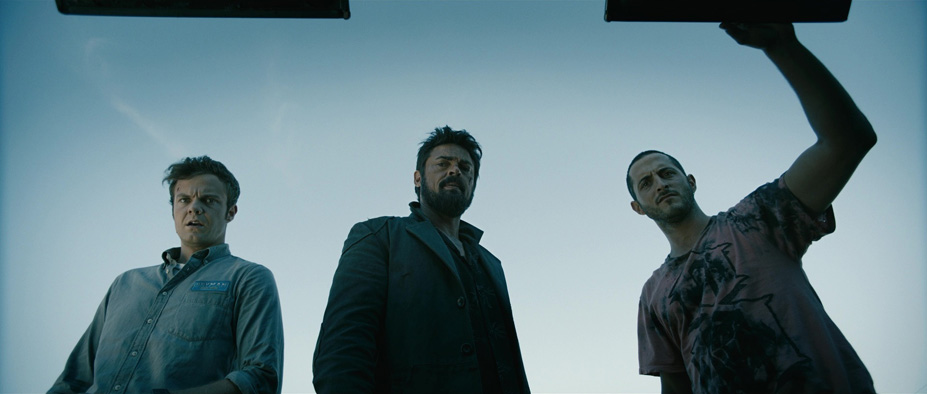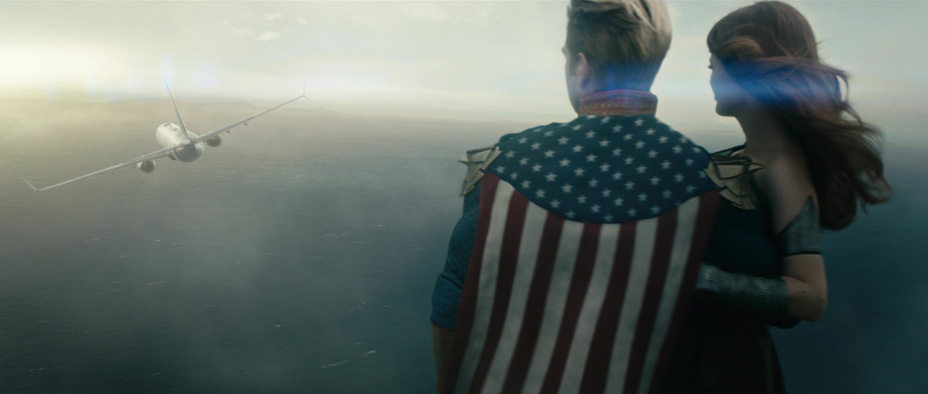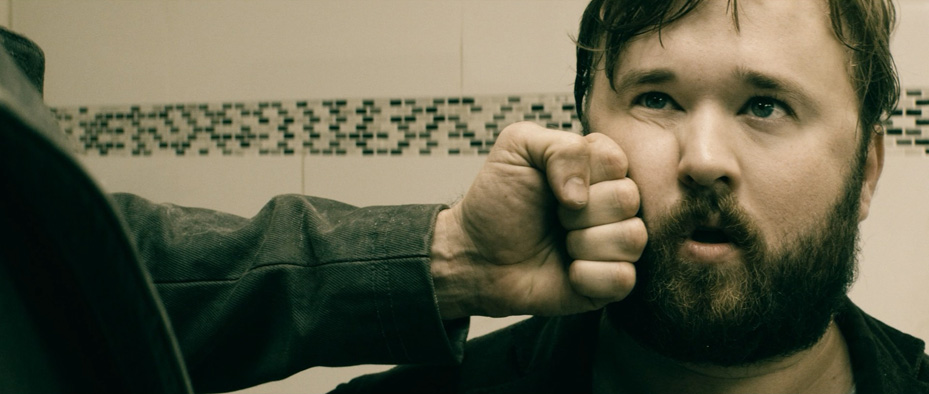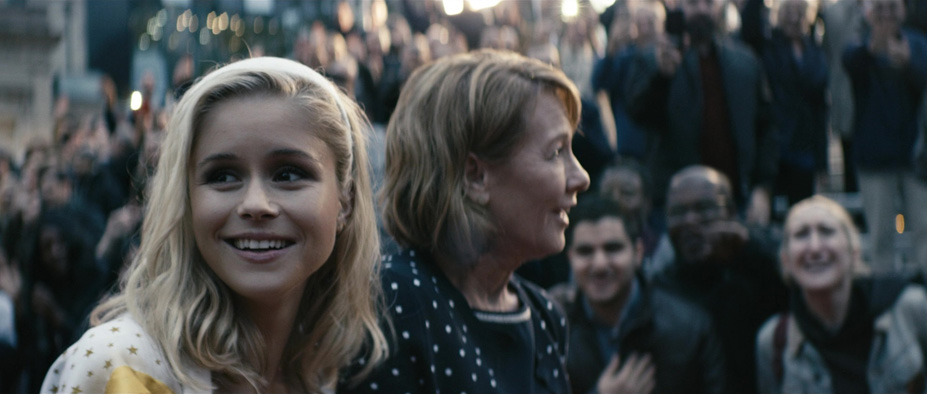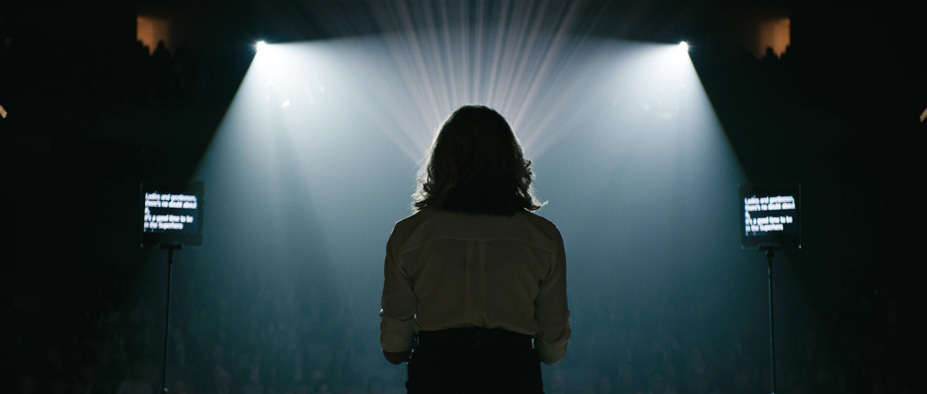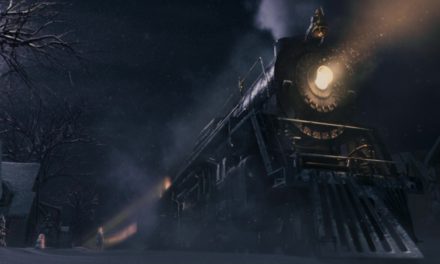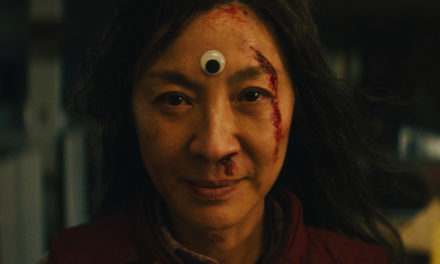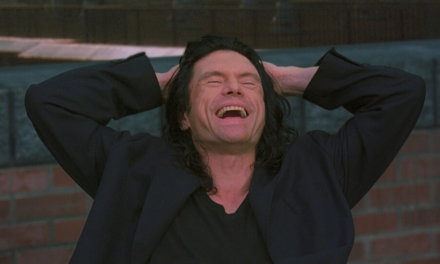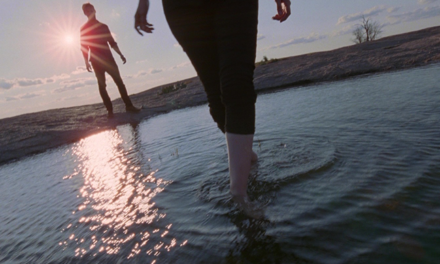THE TUESDAY DROP: 5,000+ New Shots
11.22.22 Get your Decks ready ShotDeck Team! We’re adding a dozen films celebrating Indian Cinema this week, as well as the complete first season of The Boys! Check them out below, and remember you can always request films for future drops by clicking here!
KARNAN (2021)
KARNAN is a 2021 Indian Tamil-language action drama written and directed by Mari Selvaraj. The film is loosely inspired by the 1995 Kodiyankulam caste violence, in which a force of 600 policemen attacked a village of people in the Dalit caste, destroying property and stealing money and jewelery. Karnan stars Dhanush as a young man who commits to save the citizens of his village and fight for their rights. The film also stars Lal, Natarajan Subramaniam, Yogi Babu and Rajisha Vijayan. Karnan was one of the highest grossing Tamil language films of 2021 and was released to wide acclaim both domestically and internationally. Selvaraj worked on the film with Indian cinematographer Theni Eswar, whose largely Tamil-language work includes Maamannan, Paava Kadhaigal and Peranbu.
Selvaraj and Eswar wanted the world of Karnan to be represented visually in a way that felt realistic and lived-in, where every detail felt as honest as possible to the experiences of the characters they were portraying. The village itself was a key character, and their visual treatment of the location was a major aspect of the pair’s pre production work. One of the major challenges that Selvaraj and Eswar faced was that they wanted the village to feel arid, and for the palette of the film to live in browns and yellows. However, the location they filmed in was filled with greenery, and the pair had to work closely with Production Designer Tha Ramalingam and the DIT technicians to convincingly change the palette of the film using LUTs and post-production coloring, while maintaining a sense of balance with the sets and costumes of the characters.
LAGAAN: ONCE UPON A TIME IN INDIA is a 2001 Indian Hindi-language period sports drama written and directed by Ashutosh Gowariker. Set in 1893 during the late Victorian period of India’s colonial British Raj, the film follows the inhabitants of a village in Central India, who, crumbling under rising taxes from the British and several years of drought, are challenged by a British India Army officer to a game of cricket (which the villagers at that time had never heard of) as a wager to avoid paying the taxes they owe. The film stars Aamir Khan, Gracy Singh (in her feature debut), Rachel Shelley and Paul Blackthorne. Lagaan was produced for a budget of just over $5 million, making it the most expensive Indian film of all time at the time of its release. The film has gone on to become considered a contemporary classic of mainstream Indian cinema, earning eight National FIlm Awards, eight Filmfare awards, screening at international festivals such as the Sundance Film Festival, Cairo International Film Festival, Toronto International Film Festival and Stockholm International Film Festival, and becoming the third Indian film to receive a Best Foreign Language Film nomination at the Academy Awards. Gowariker worked on Lagaan with legendary Indian costume designer Bhanu Athaiya, who was known for her work on films such as Gandhi (for which she became the first Indian winner of an Academy Award), Swades and Sundaram. She also wrote the book The Art of Costume Design, a touchstone text for costume designers across the world.
Athaiya’s research for Lagaan included several trips to the United Kingdom, where she closely studied era- and location-specific clothes worn by British Raj officers and citizens living in India. She and Gowariker wanted the costume design of the film to on one hand play into the color palette created by its arid landscape, as well as to demonstrate the character and cultural differences between the locals and the British. While the villagers were dressed in light clothing that foregrounded warm, striking colors that felt part of the landscape, the British were dressed in heavy, bulky clothing that was often white and stuck out within the frame, highlighting the differences in each group’s understanding of the space they occupied, as well as drawing them in visual opposition to one another.
SALAAM BOMBAY! (1988)
SALAAM BOMBAY! is a 1988 Indian Hindi language drama co-written, co-produced and directed by Mira Nair. The film follows 11 year old Krishna (Shafiq Syed), who, after destroying his older brother’s motorbike in retaliation for his constant bullying, is sent to a traveling circus to earn money to pay for the bike’s repairs, but soon winds up in the streets of Bombay’s poorest slums. There, he befriends a drug dealer Chillum (Raghubir Yadav) and a captive sex worker Sola Saal (Chanda Sharma), while trying to make enough money at a neighborhood tea stall to repay his debt to his family. Salaam Bombay! premiered at the 1988 Cannes Film Festival, where it was awarded the Caméra d’Or and the Audience Award, before going on to win the National Film Award for Best Hindi Feature Film, and be nominated for an Academy Award for Best International Feature Film (the second Indian film to receive this accolade). Today, Salaam Bombay! is considered by many to be Nair’s masterpiece, and one of the most important examples of independent Indian films ever made. Nair worked on the film with American photographer, cinematographer and production designer Mitchell Epstein (her husband at the time), who she had also worked with on Mississippi Masala.
Nair’s background was in documentary filmmaking, and she and Epstein wanted the film to embrace verite filmmaking in both the work done with the camera as well as the design and look of the film. Epstein and Nair scouted slum locations across Mumbai, eventually choosing to shoot the majority of the film on Falkland Road, a red light district in Kamathipura, Mumbai. Epstein and Nari worked closely with people in the community to ensure that their work did not get in the way of authentically capturing the neighborhood, with Nair going as far as to cast entirely from the community of children already living in those streets. In addition to Epstein, Nair worked on the cinematography of Salaam Bombay! with American cinematographer Sandi Sissel, who had worked on films such as Master and Commander: Far Side of the World and Mr. and Mrs. Smith.
K.G.F: CHAPTER 1 (2018)
K.G.F: CHAPTER 1 is a 2018 Indian Kannada-language period action film written and directed by Prashanth Neel, and the first of two installments in the K.G.F. series. The film stars Yash as Rocky, a high-ranking assassin in Mumbai, who after being offered control of the city by his employer’s boss, disguises himself as a slave laborer in the Kolar Gold Fields in order to assassinate Garuda, the future heir of the gold fields. K.G.F: Chapter 1 grossed over $30 million from its $9 million budget, making it the highest grossing Kannada film of all time. Neel worked on the film with Indian Production Designer Shivakumar J, who is also known for his work on films such as Vikrant Rona and Salaar.
Shivakumar and his team – four assistants and a set department of 15, started their work by deciding to ignore any conscious film references, and instead deeply research mining in India to create an authentic backdrop in which the film could take place. Shivakumar and Neel wanted the mines to feel unfriendly and dangerous, characterized by a monochrome color palette and a design that would take advantage of a chiaroscuro lighting scheme. Shivakumar and his team shot largely in Cyanide Hill, a 28 acre dump yard full of waste, which sets were built around. Shivakumar and his team decided to design the space with period accurate props and materials, eliminating plastic and other materials that would both feel inauthentic as well as be environmentally harmful. Tin sheets, gunny cloth and aluminum became the core materials for what became a somber, apocalyptic landscape in which the story of the film took place.
BILLU (2009)
BILLU is a 2009 Indian Hindi-language drama directed by Priyadarshan, with an adapted script written by Manisha Korde and Mustaq Sheikh (original screenplay for the Malayalam film Kadha Parayumbol by Sreenivasan). The story is an adaptation of the story of Sudama and Krishna. Billu stars Irrfan Khan as a barber named Billu who along with his wife (Lara Dutta) is struggling to make ends meet. When one day a famous movie star named Sahir Khan (Shahrukh Khan) comes to their village to make a film, Billu’s children lie to their friends claiming that Billu and Sahir are childhood friends, pitting Billu against the growing expectations of his town to meet the movie star. Deepika Padukone, Kareena Kapoor and Om Puri also star. Billu premiered at the Hawaii International Film Festival. Priyadarshan, for whom Billu was his 75th feature film, worked on the cinematography with Indian cinematographer V. Manikandan. Manikandan is known for his work on films across Tamil, Hindi, and Malayalam, and projects of his include Anniyan, Raavan and Brahmāstra.
Priyadarshan and Manikandan set some clear guidelines for how the visual language of the film would develop for Billu. Firstly, Priyadarshan was clear that he wanted the film to feel like a commercial film for a wide audience, and not allow the subject matter or the situation of the characters to alienate any audience members from their experience. Secondly, the pair wanted to avoid having their camera approach to over-emphasize the poverty of the characters in the village, and were eager to avoid the tropes of cinematography they had witnessed in films about people without much means. In spite of this, they both recognized the need to distinguish the everyday life of the villagers from the heightened world of the big movie production that rolls into town, borrowing cues from films like The Matrix to shoot the movie within the movie’s action sequences at high frame rates and with much more camera and lighting stylization than the ordinary world of the film and its characters.
DIL SE.. (1998)
DIL SE.. is a 1998 Indian Hindi language romantic thriller written and directed by Mani Ratnam. The film is set against the backdrop of the separatist insurgencies in Assam, northern India, and stars Shah Rukh Khan as Amar, a journalist who falls in love with a mysterious woman named Meghna (Manisha Koirala) while on assignment. Preity Zinta, Mita Vasisht and Arundhati Rao also star. Dil Se.. is considered an unofficial final installment in a trilogy of films set against the backdrop of political separatist conflict directed by Ratnam, preceded by 1992’s Roja and 1995’s Bombay. Dil Se played at the Era New Horizons Film Festival and the Helsinki International Film Festival, before winning the Netpac Award at the Berlin International Film Festival and six Filmfare Awards. The film was a major international hit, and the first to enter the top 10 at the United Kingdom’s box office. Ratnam worked on Dil Se.. with Indian cinematographer Santosh Sivan, who is known for his work in Tamil, Malayalam and Hindi language films such as Roja, Iruvar and Fiza. He also worked with choreographer Farah Khan, herself an actor and filmmaker, known for directing films such as Main Hoon Na and Om Shanti Om.
One of the most iconic and celebrated legacies of Dil Se.. comes from the filming of the song “Chaiyya Chaiyya”, which appears early in the movie as the scene in which Amar travels to Assam. The music video for the song is widely considered one of the greatest of all time, and features a large group of dancers, including Shah Rukh Khan and actor, dancer and model Malaika Arora, dancing on top of a moving train in the hills of India. Ratnam had been conceiving of a musical scene that could be shot on the roof of a moving train for close to a decade, and he, Sivan and Khan choreographed a scene that could be filmed entirely practically on top of the Ooty train that went through the mountains of Tamil Nadu. The train is a steam locomotive, and in order to ensure the safety of cast during the shoot, the crew shot on an alternate railway track between Ooty and Coonoor. Everyone was tied down to the train through their pants or dresses wherever possible (with the exception of shots where they had to be jumping). Because communication was difficult in this remote region with a moving train, Khan and the rest of the crew carried a white cloth, which when raised meant everyone had to crouch down to safely go past bridges and overpasses. Ratnam, Sivan, Khan and the cast and crew spent four and a half days shooting “Chaiyya Chaiyya”, and it has since become one of the most celebrated scenes from a landmark Bollywood film.
SHOLAY (1975)
SHOLAY is a 1975 Indian Hindi language action film directed by Ramesh Sippy, and is widely considered to be one of the most influential Indian films of all time. The film follows two criminals, Veeru (Dharmendra) and Jai (Amitabh Bhachchan), who are hired by a retired police officer (Sanjeev Kumar) to capture the ruthless criminal Gabbar Singh (Amjad Khan). Sholay was the highest grossing Indian film of all time upon its release, and remained so until 1994’s Hum Aapke Hain Koun..!. Today, it is considered to be a prime example of the masala film, combining traditions of westerns with samurai films and traditional Bollywood cinema. Sippy worked on the film with Indian production designer Ram Yedekar, who also worked on the 1982 film Gandhi.
Most of Sholay was filmed in the rocky terrain of Ramanagara, a town near Bangalore. In order to have convenient access to sets, the production team had to construct an entire road from Bangalore to Ramanagara, and Yedekar and his team ended up building an entire township on the site for the film. Yedekar and Sippy paid such close attention to the design and feel of the film that by the time Yedekar was building a prison set near the Rajkamal Studio in Bombay, he insisted that the set be constructed outdoors and in a way that would match the natural light of their on-location sets, rather than reconstructing moments inside the stage with lights. Filming for Sholay took place over two years, and is still considered one of the largest scale Indian films ever made.
BARFI! (2012)
BARFI! is a 2012 Indian Hindi-language romantic comedy directed by Anurag Basu, starring Ranbir Kapoor, Priyanka Chopra and Ileana D’Cruz. The film is set in 1970s Darjeeling and Kolkata and follows Murphy “Barfi” Johnson (Kapoor), a deaf-mute person who develops a bond with two women, Shruti Ghosh (D’Cruz) and Jhilmil Durjoy Chatterjee (Chopra), and deals with his feelings for both. Saurabh Shukla, Ashish Vidyarthi and Akash Khurana also star. Barfi! grossed over $25 million worldwide from its $6 million budget and received 12 nominations at the Filmfare Awards. Basu worked on the film with Indian cinematographer Ravi Varman, who had primarily worked on Tamil-language films to that point such as Autograph, Anniyan and Villu. He would go on to shoot films such as Tamasha, Kaatru Veliyidai and Ponniyin Selvan.
Basu and Varman employed a visual strategy that would help articulate the structure of the film. Scenes progress through the film as flashbacks, which are presented with a documentary realist aesthetic. This is juxtaposed against the fantastical elements of the films, where musicians appear and diegetic music and score start to converge. Varman shot the movie on 35mm film, using the Arriflex 435 and 535. Basu and Varman took an experimental approach with the cinematography of Bari!, particularly experimenting with lens flares as an aesthetic tool. One of the film’s most memorable shots happens at the train station between D’Cruz’s and Kapoor’s characters. Basu and Varman shot one take in overcast light, but when they turned around and saw hard sunlight, immediately redid the shot. Varman had the G&E team place huge mirrors on the other side of the train, causing hard light to reflect on D’Cruz’s face through the windows of the moving train, with the camera moving behind her to create lens flares between the carriages of the train.
PK (2014)
PK is a 2014 Indian Hindi language comedy drama co-written and directed by Rajkumar Hirani (who also produced and edited the film), starring Aamir Khan as PK, an alien who arrives on earth having lost the device he needs to communicate with his spaceship. His innocent nature and growing stature eventually bring the entire country of India to start evaluating the impact of various social constructs on its people, most prominently, organized religion. The film also stars Anushka Sharma, Sushant Singh Rajput, Boman Irani, Saurabh Shukla and Sanjay Dutt. PK won the People’s Choice Award at the 2014 Indian Film Festival of Melbourne, and went on to gross over $140 million from its $14 million budget, making it the 7th highest grossing Indian film of all time. Hirani worked on the film with Indian cinematographer C.K. Muraleedharan, who was known at the time for his work on films such as Lage Raho Munna Bhai and 3 Idiots, which were both also directed by Hirani.
Hirani and Muraleedharan started collaborating on PK over two years prior to commencing production. Hirani and Muraleedharan’s working style evolved over the years, and settled on a methodology where Hirani would hand Muraleedharan the latest draft of the script as well as storyboards that he had created for the entire film, using this as a foundation to discuss ideas for both the story and the visual language together. The pair slowly adapted and developed Hirani’s work into the final shooting plan for the film, allowing Muraleedharan and his crew to work almost independently by the time production began, which allowed Hirani to concentrate his efforts primarily on Khan and the rest of the cast.
SUPER DELUXE (2019)
SUPER DELUXE is a 2019 Indian Tamil language film co-written, co-produced and directed by Thiagarajan Kumararaja. The film stars Vijay Sethupathi, Fahadh Faasil, Samantha Ruth Prabhu, and Ramya Krishnan, and revolves around four groups of individuals, including an unfaithful wife, a boy with anger issues and a transgender woman, all who find themselves in unexpected predicaments on one fateful day. Super Deluxe played internationally at Fantasia International Film Festival, Bucheon International Fantastic Film Festival, and the Indian Film Festival of Melbourne, before winning for Best Supporting Actor (Sethupathi) at the National Film Awards. Kumararaja worked on the film with Indian cinematographers P.S. Vinod and Nirav Shah, who between them had worked on projects such as Paisa Vasool, Vikram Vedha and Rhythm.
Super Deluxe was conceived by Kumararaja to be a genre-mashing film that embraced cinema history and allowed its pop culture references to be woven explicitly into the fabric of its visual language. Vinod and Shah designed a visual strategy for the film that helped push the audience outside of the world and the time of its day, creating an experience for the audience where the world felt slightly removed from their own reality. As a result, saturated colors and textures, strong camera and lighting decisions, and a clear impetus of style became the defining visual characteristics of Super Deluxe.
SWADES (2004)
SWADES is a 2004 Indian Hindi language film co-written, directed and produced by Ashutosh Gowariker. The film is inspired by two episodes of the series Vaapsi, as well as the 2003 Kannada language film Chigurida Kanasu and the novel of the same name by K. Shivaram Karanth. The film stars Shah Rukh Khan as Mohan Bhargava, a successful non-resident Indian working at the technological forefront of NASA in the US. Driven by nostalgia, he returns to his roots to find the nanny who raised him in his homeland, intending to bring her back to America. His journey leads him into the rural heart of India, to the village of Charanpur, where he eventually starts a scheme to generate electricity for the village. Though Swades struggled financially upon its release, the film has grown in consideration to be widely considered one of the finest Indian films of the century so far, and one of the best performances of Shah Rukh Khan’s career. Gowariker worked on Swades with Indian cinematographer Mahesh Aney, who also shot films like The Hangman and God Only Knows!
Though Swades is a film that comes from an extensive heritage of patriotic Indian films, Gowariker and Aney wanted to pull the film visually away from the stylistic choices made by many other films in that tonal space. Aney and Gowariker wanted the film to embrace its social realist foundations, and fall tonally somewhere between cinema verite and western, embracing the grand vistas of the landscape to create a film that was epic in scope but intimate in its emotional journey. Aney shot the movie on 35mm film, using the Arriflex 435 with anamorphic lenses to give Mohan’s journey a sense of maximum scale.
THE BOYS: SEASON 1 (2019)
THE BOYS is an American superhero television series created by Eric Kripke, based on the comic book series of the same name by Garth Ennis and Darick Robertson. The show follows the eponymous Boys, a group of superhero vigilantes who head out on a quest to expose the truth about the Seven and Vought, the multibillion-dollar conglomerate that manages the superheroes and covers up their dirty secrets. It stars Karl Urban, Jack Quaid, Antony Starr, Erin Moriarty, Dominique McElligott, Jessie T. Usher, Laz Alonso, Chace Crawford, Tomer Kapon, and Nathan Mitchell. The Boys season 1 was released on Amazon Prime Video in 2019. Kripke worked on the visual effects with Polish VFX supervisor Stephan Fleet, who is also known for working on projects such as The River and Larry Crowne.
The Boys season 1 featured over 1400 VFX shots, created by VFX studios DNEG TV, Framestore, Folks VFX, Mavericks VFX, Method Studios, Monsters Aliens Robots Zombies VFX, Mr. X, Pixomondo, Rocket Science VFX, Rodeo FX, and Soho VFX. Highly complicated scenes such as Robin’s death took over eight months to design, given their goals to believably convey what a body would look like when atomized at 500 frames per second. The team also resolved problems such as Translucent’s death scene, where a practical blood bomb was used, as well as the final episode’s fight sequence, where extensive research was done into how light would travel in slow motion, before it was visually rendered in the show.

